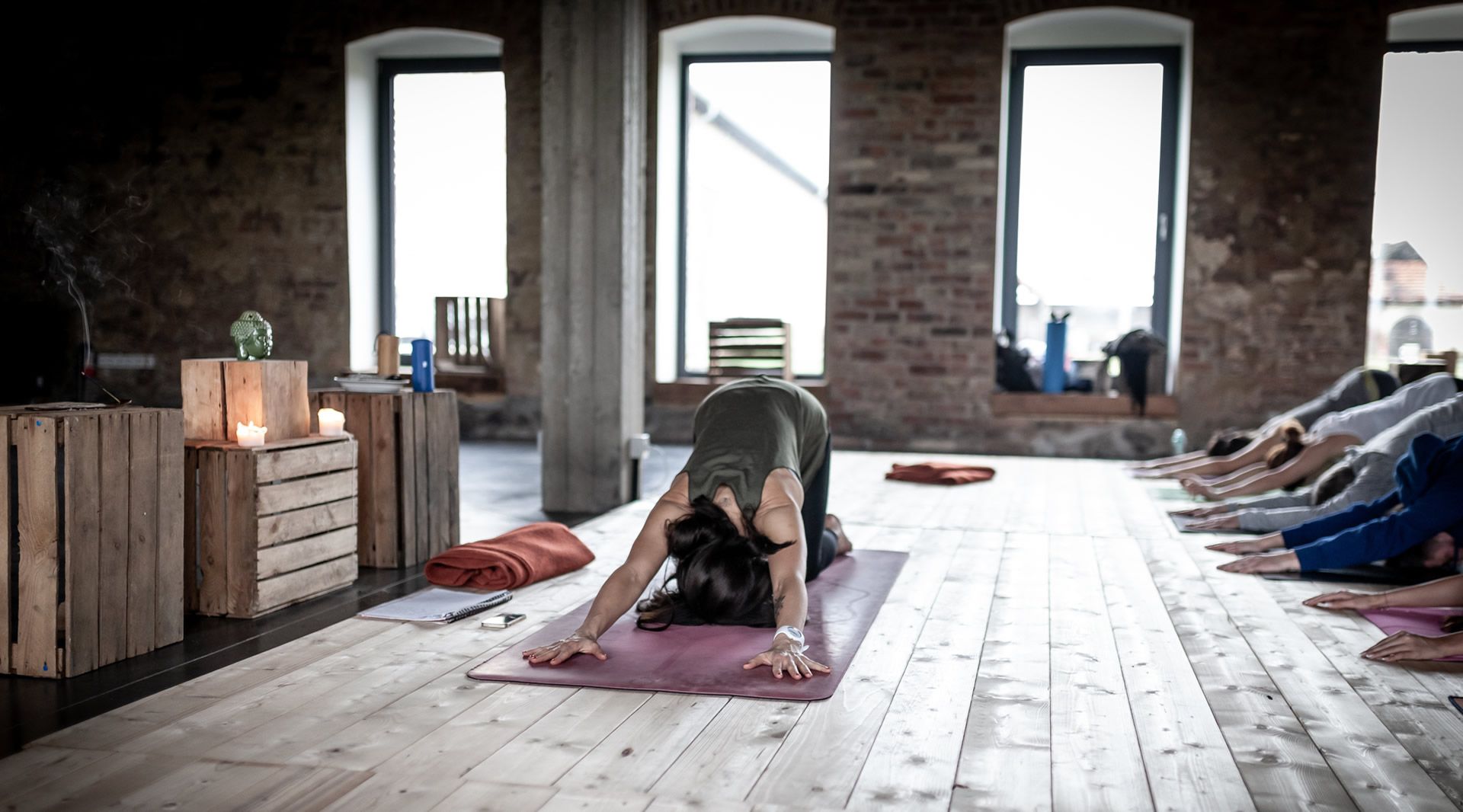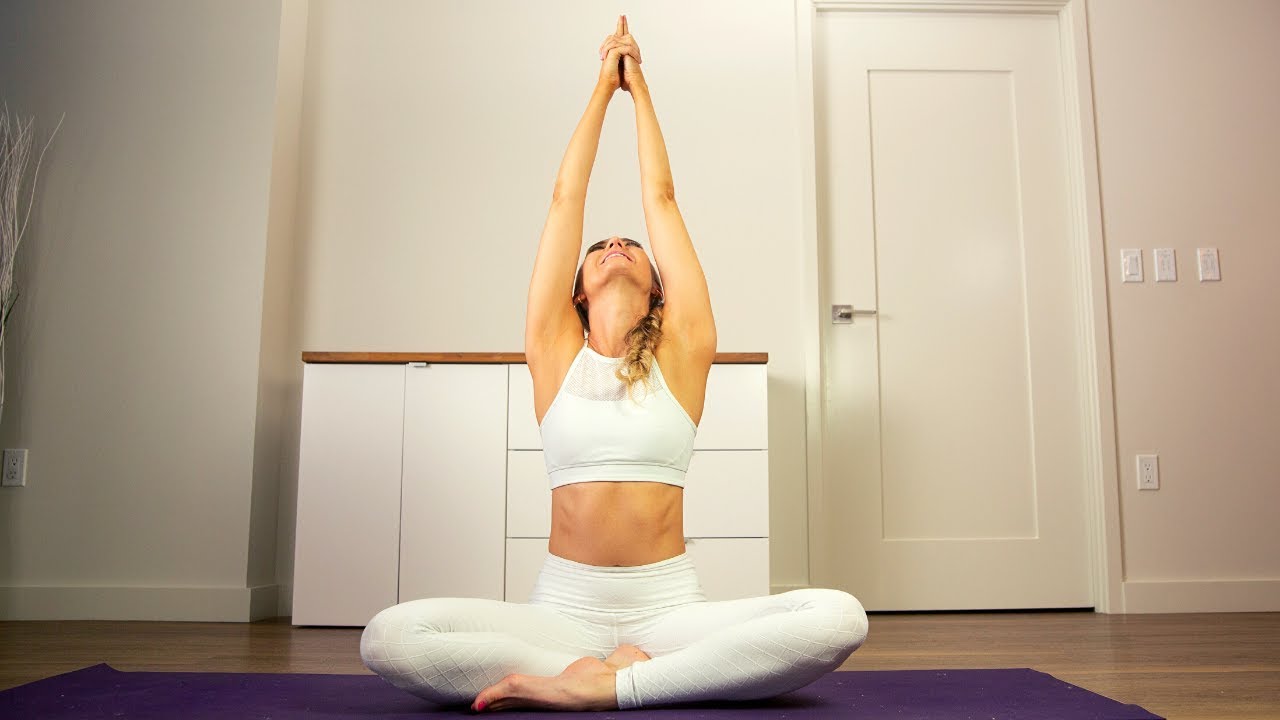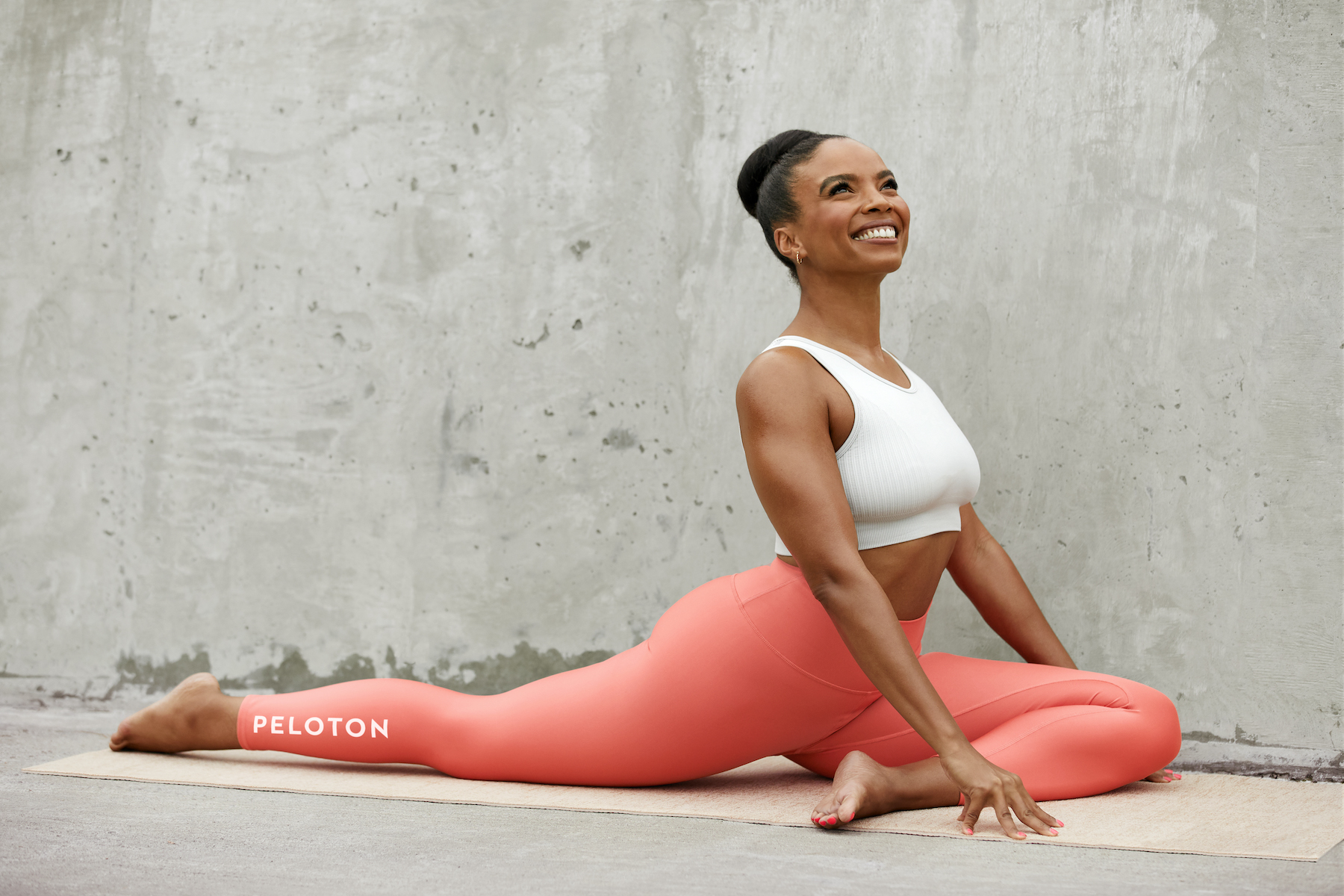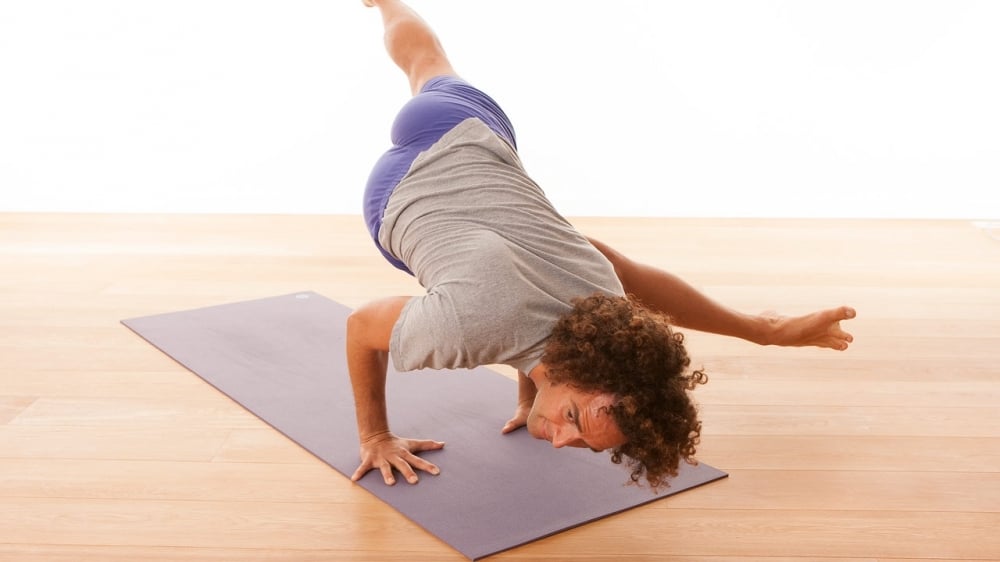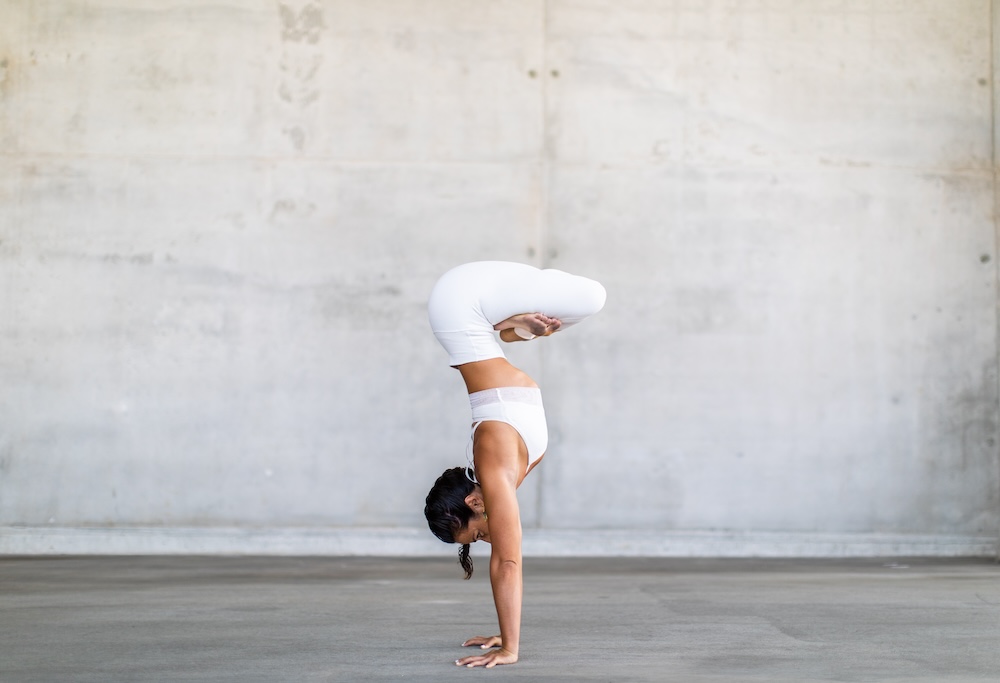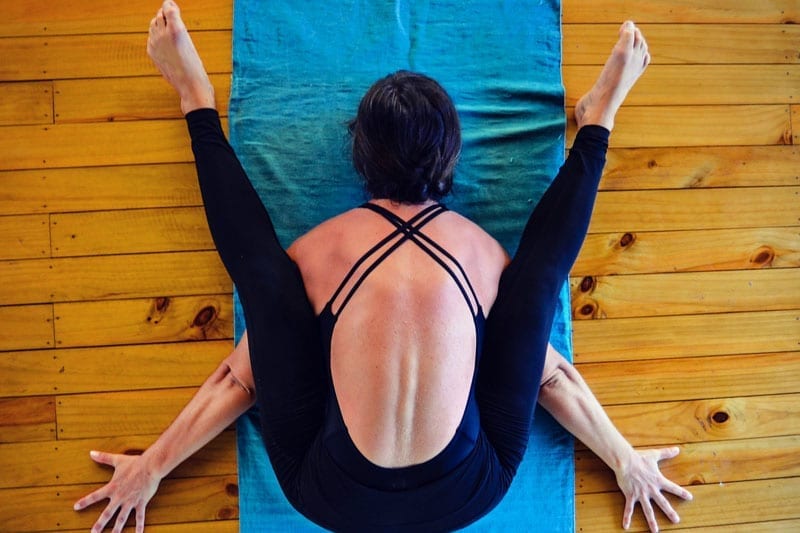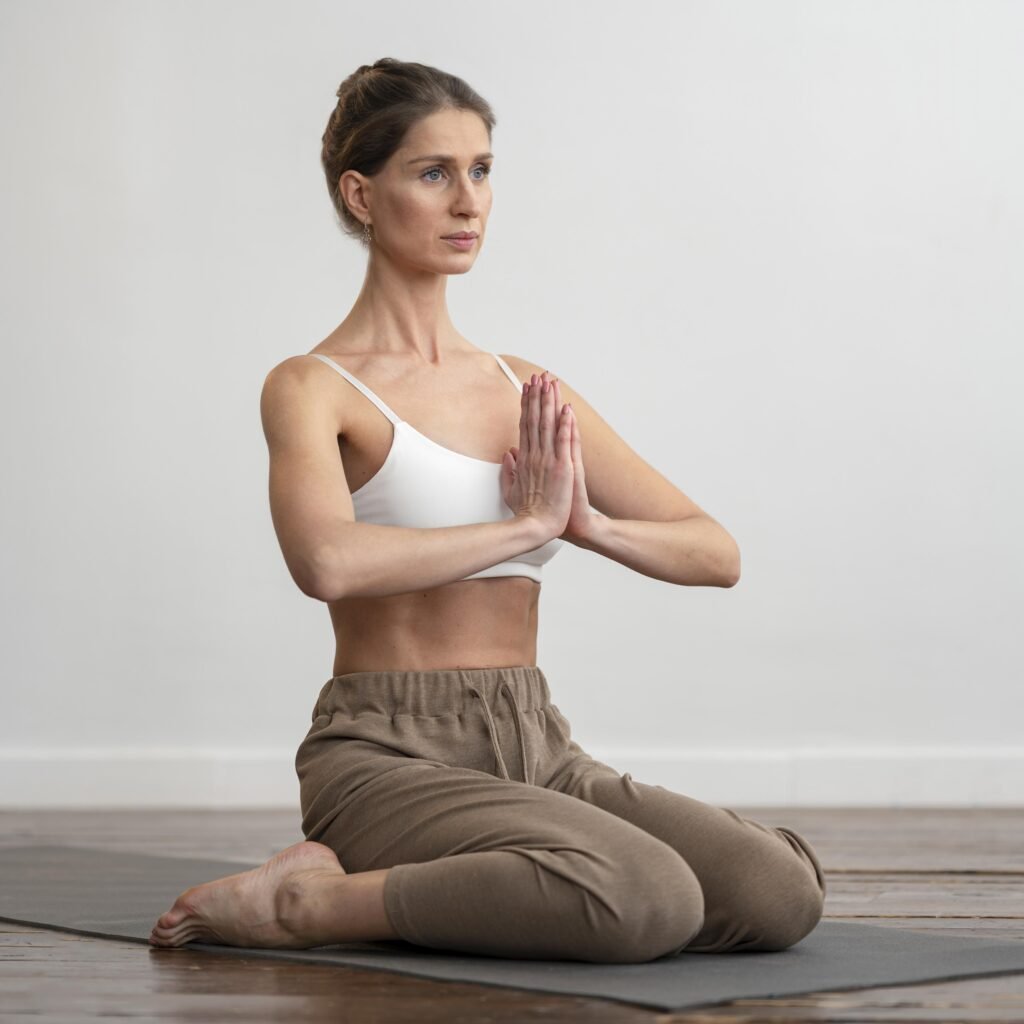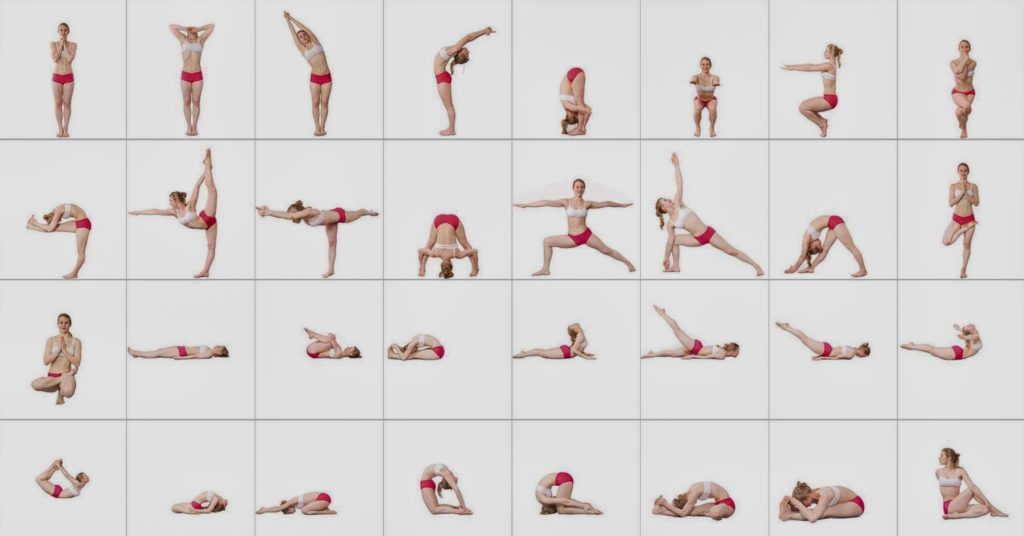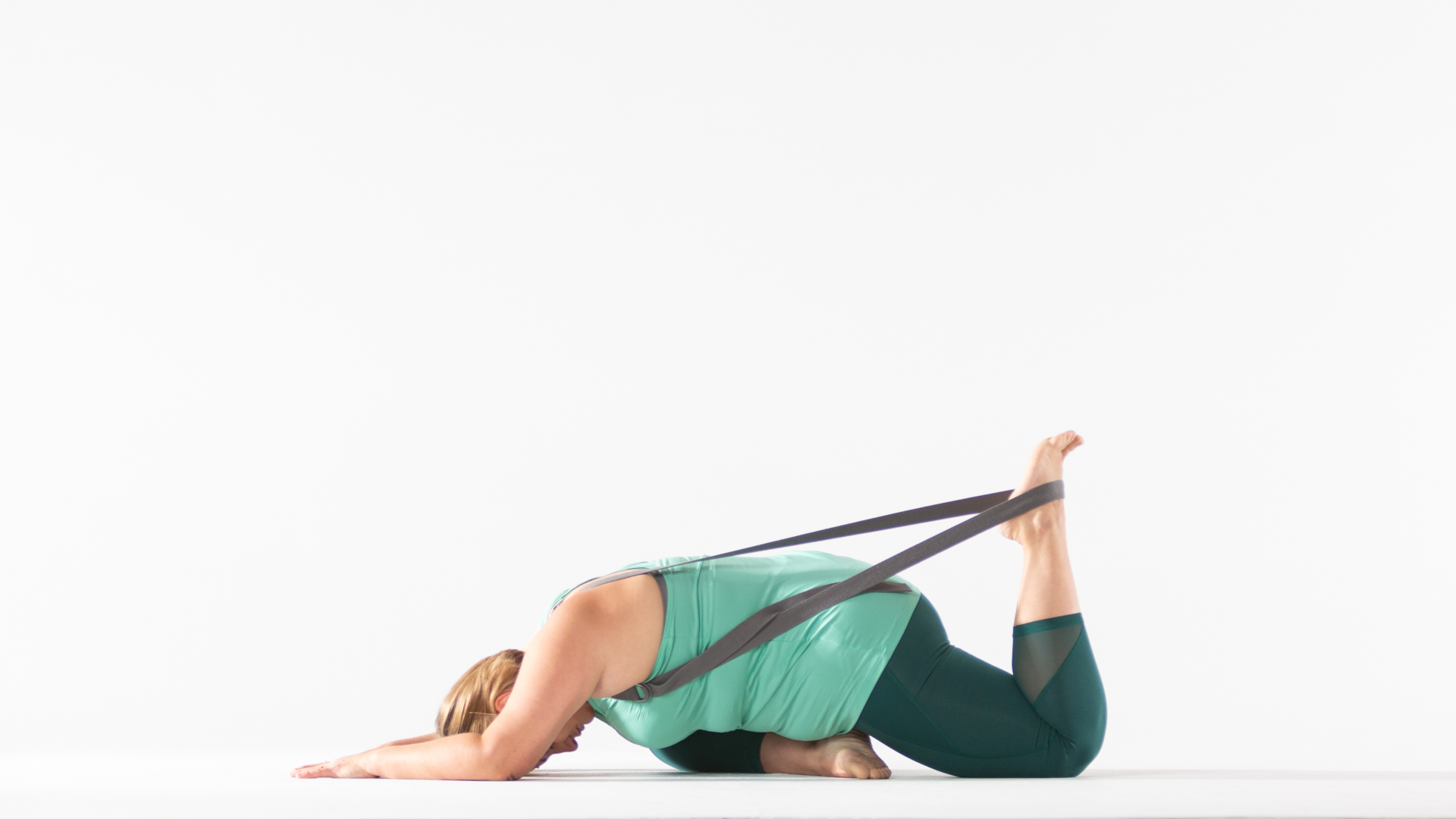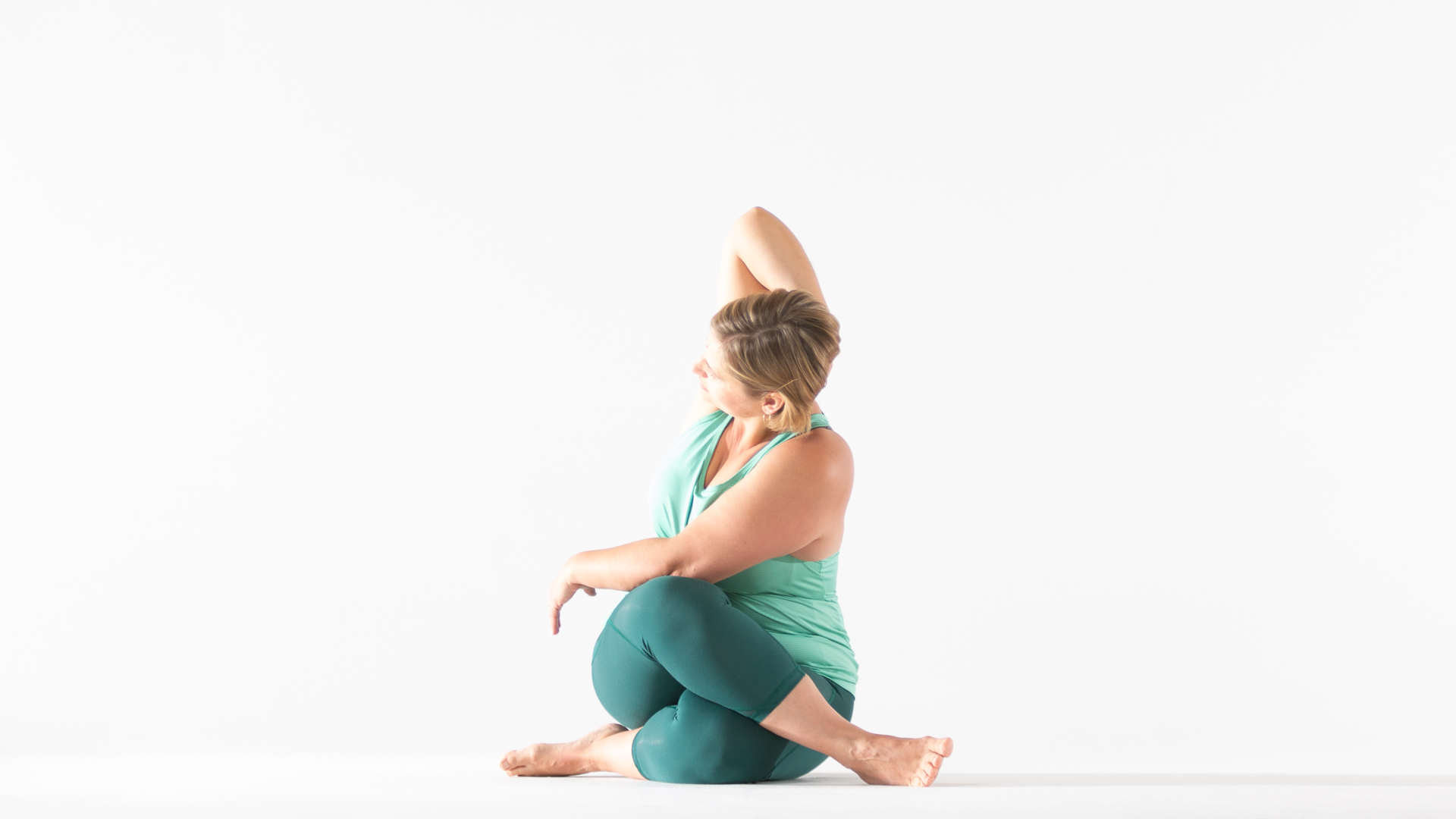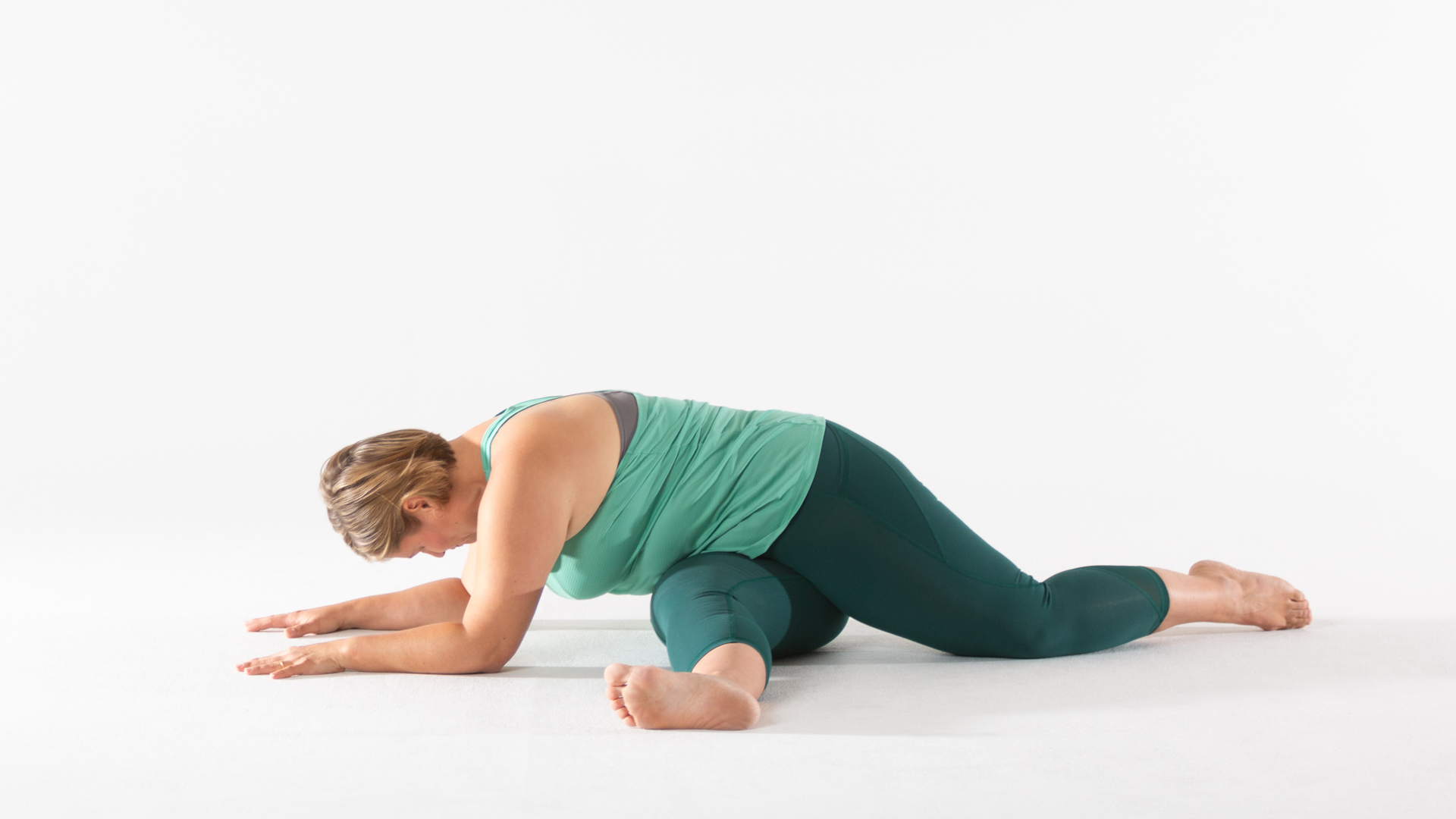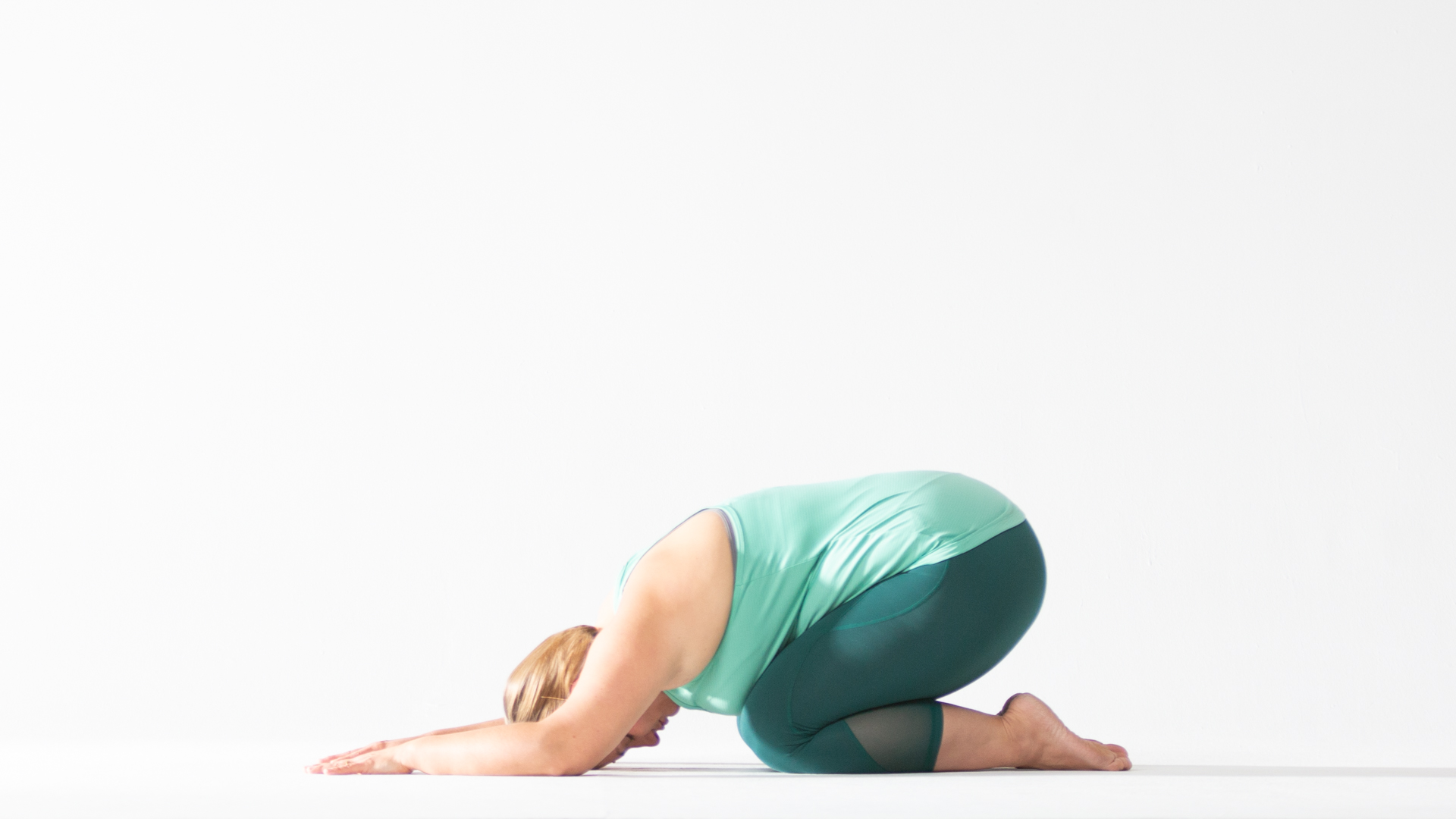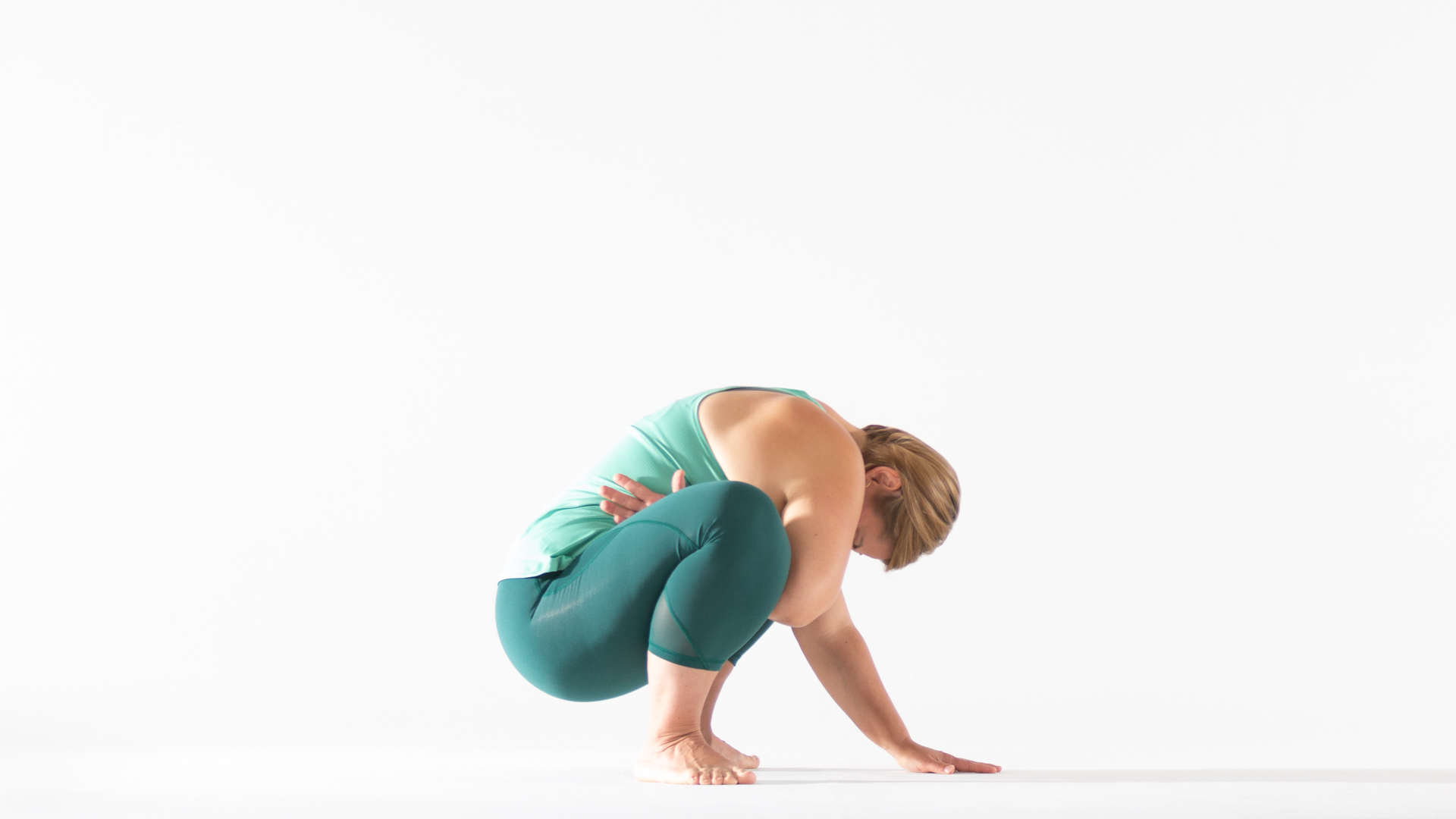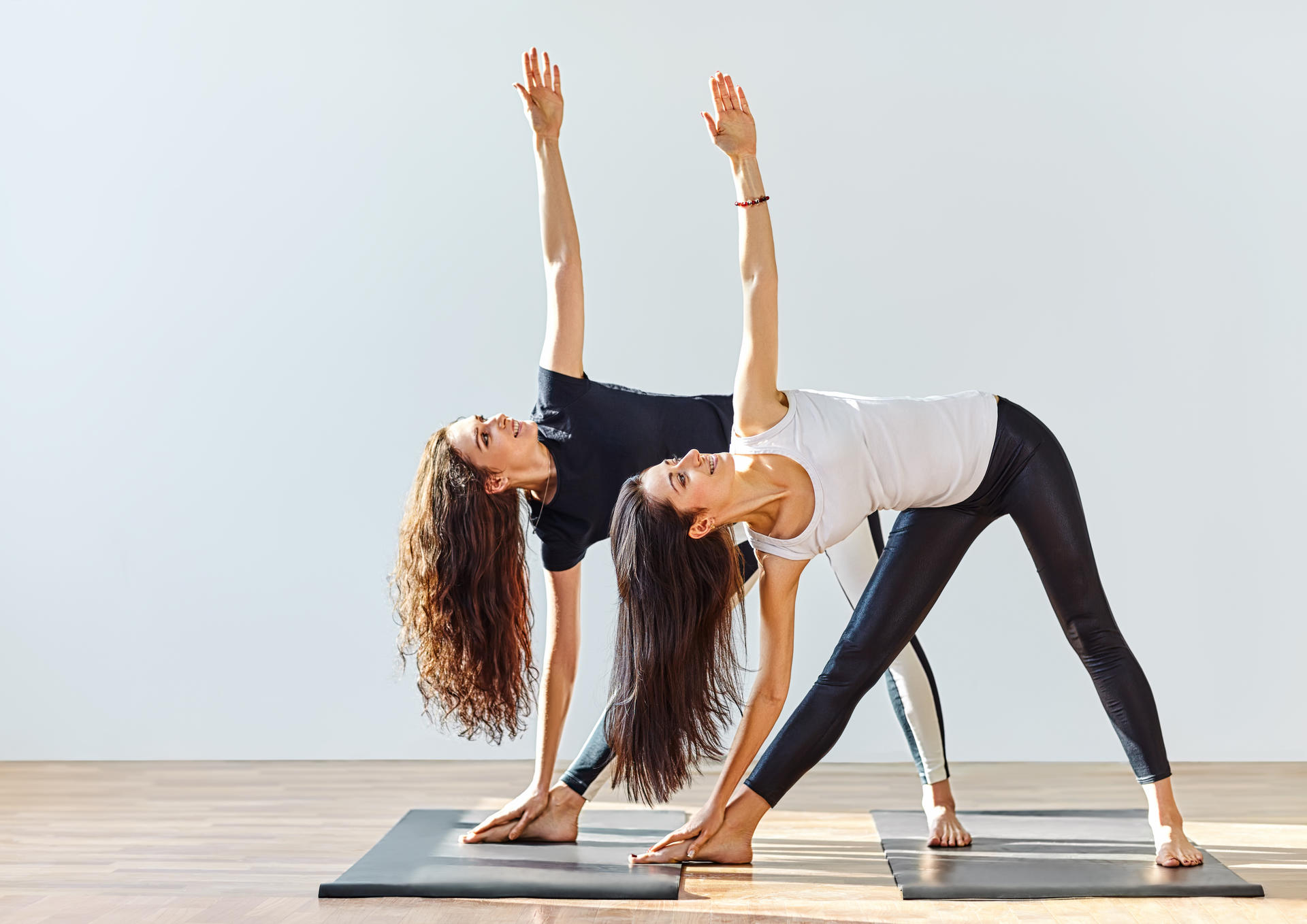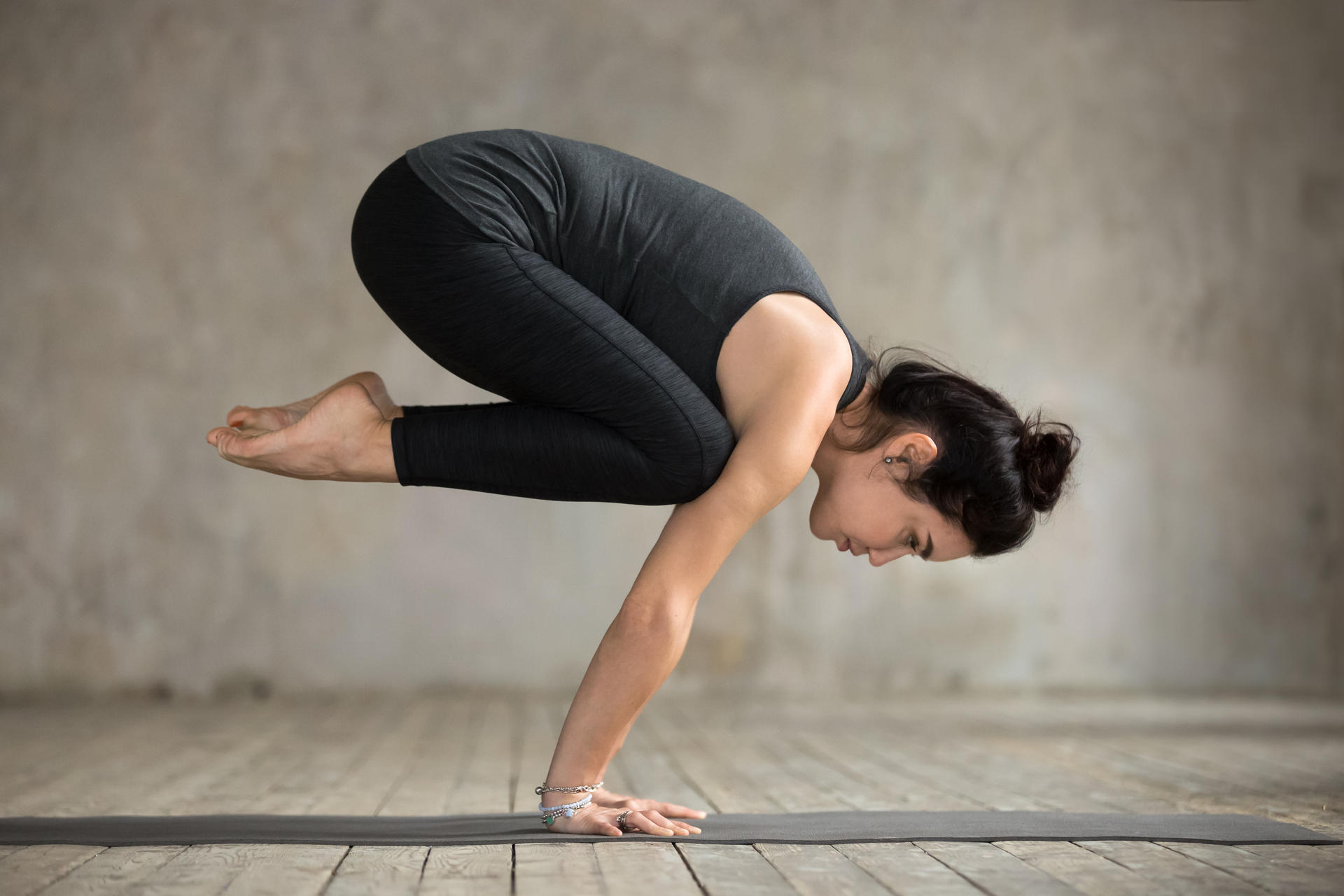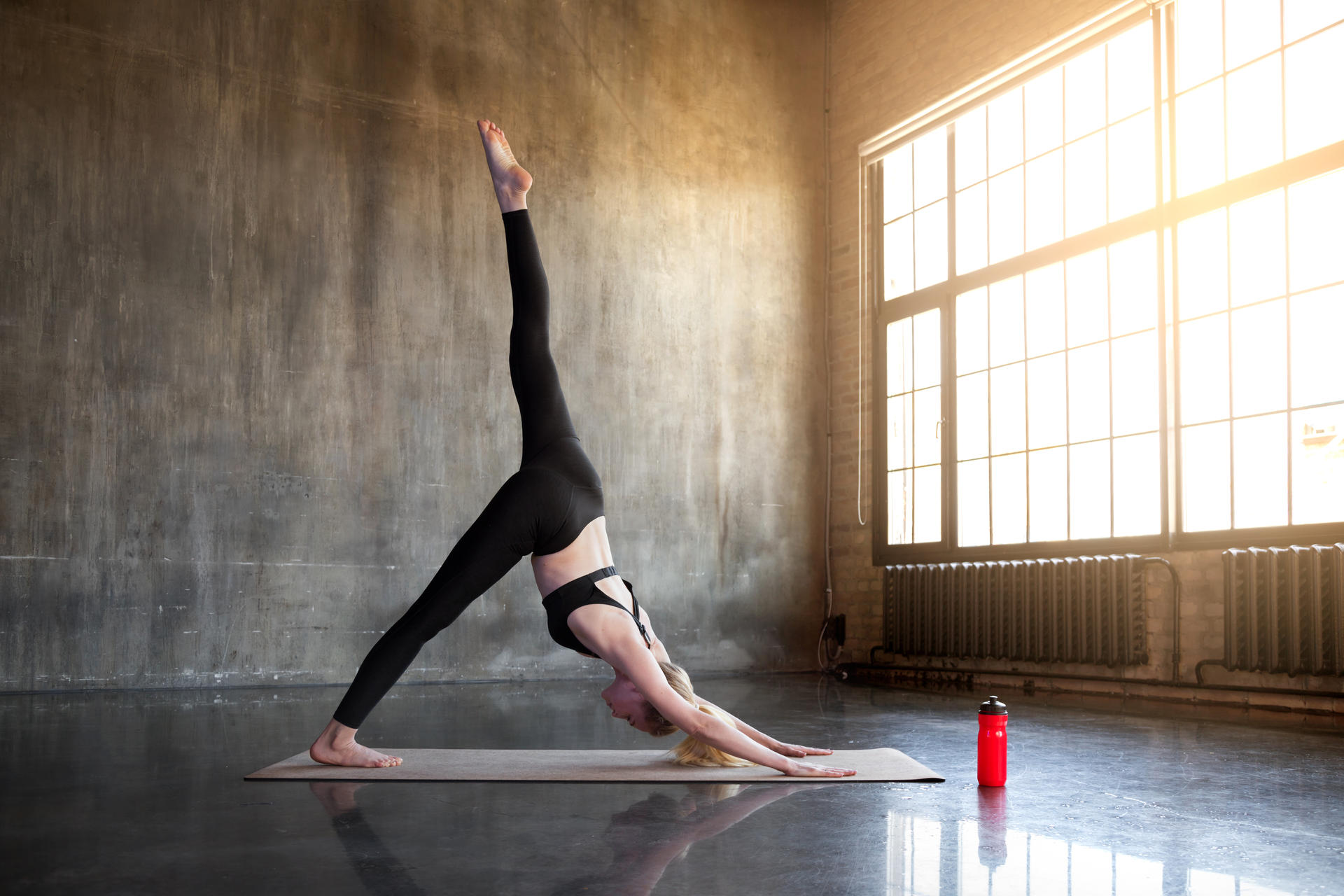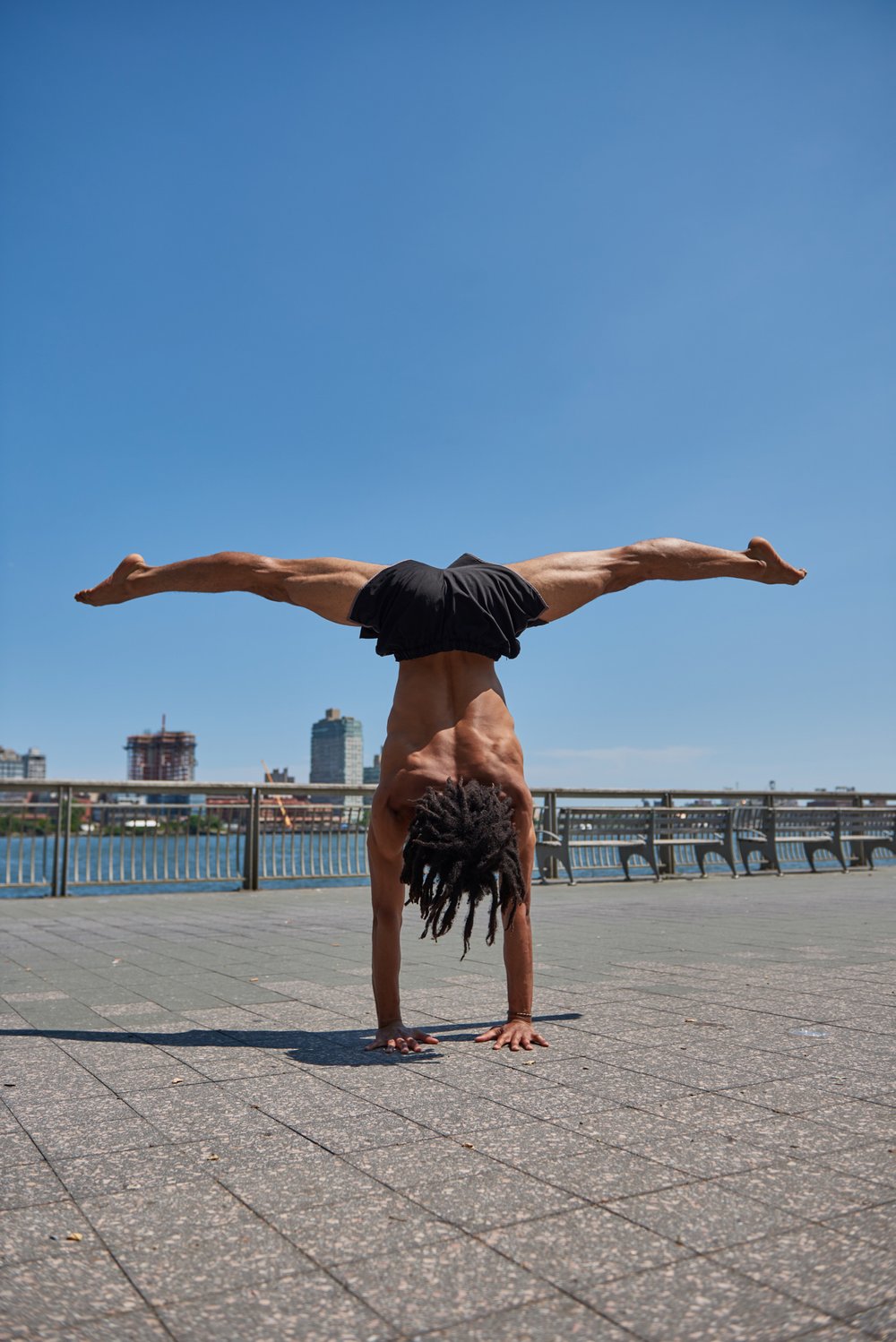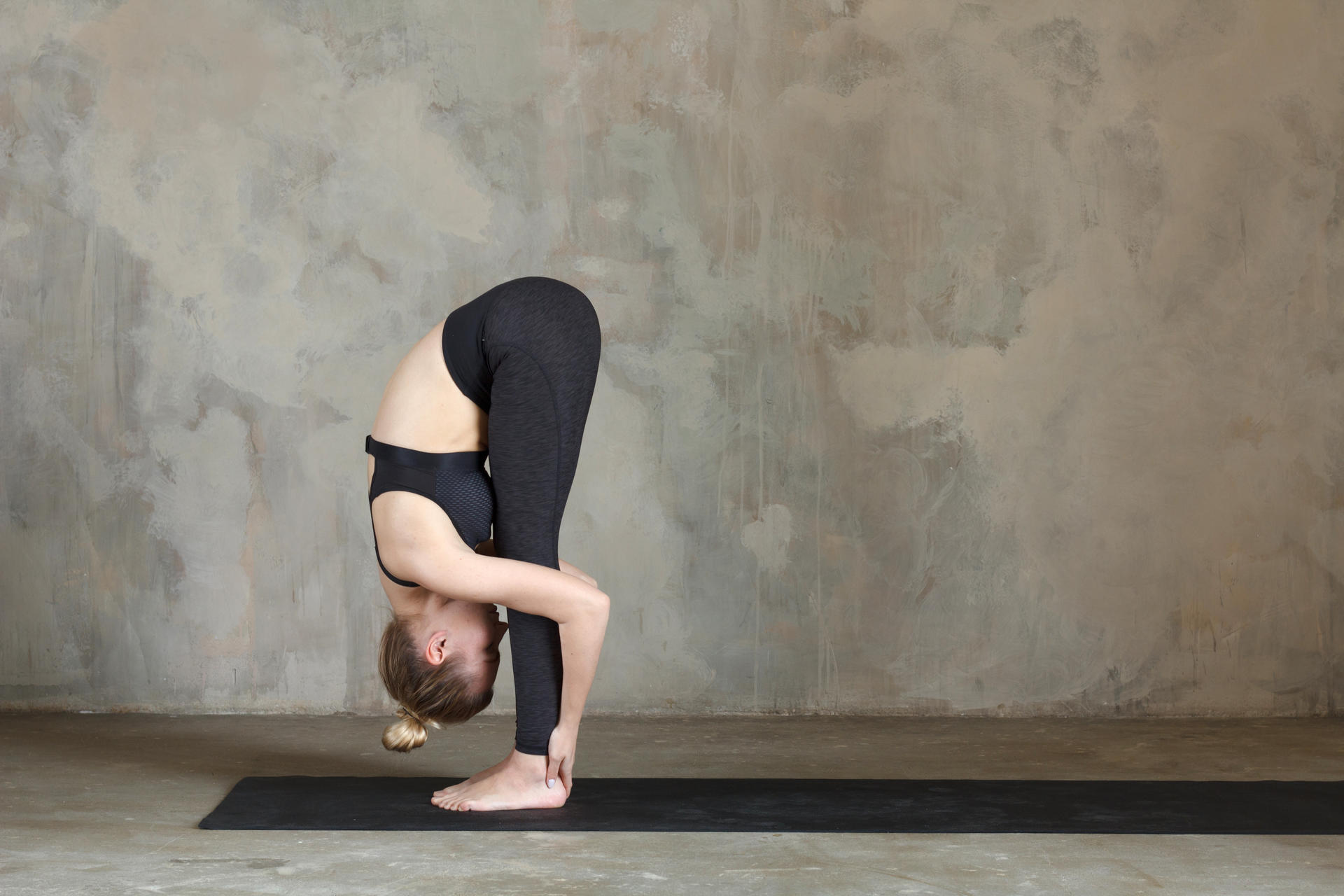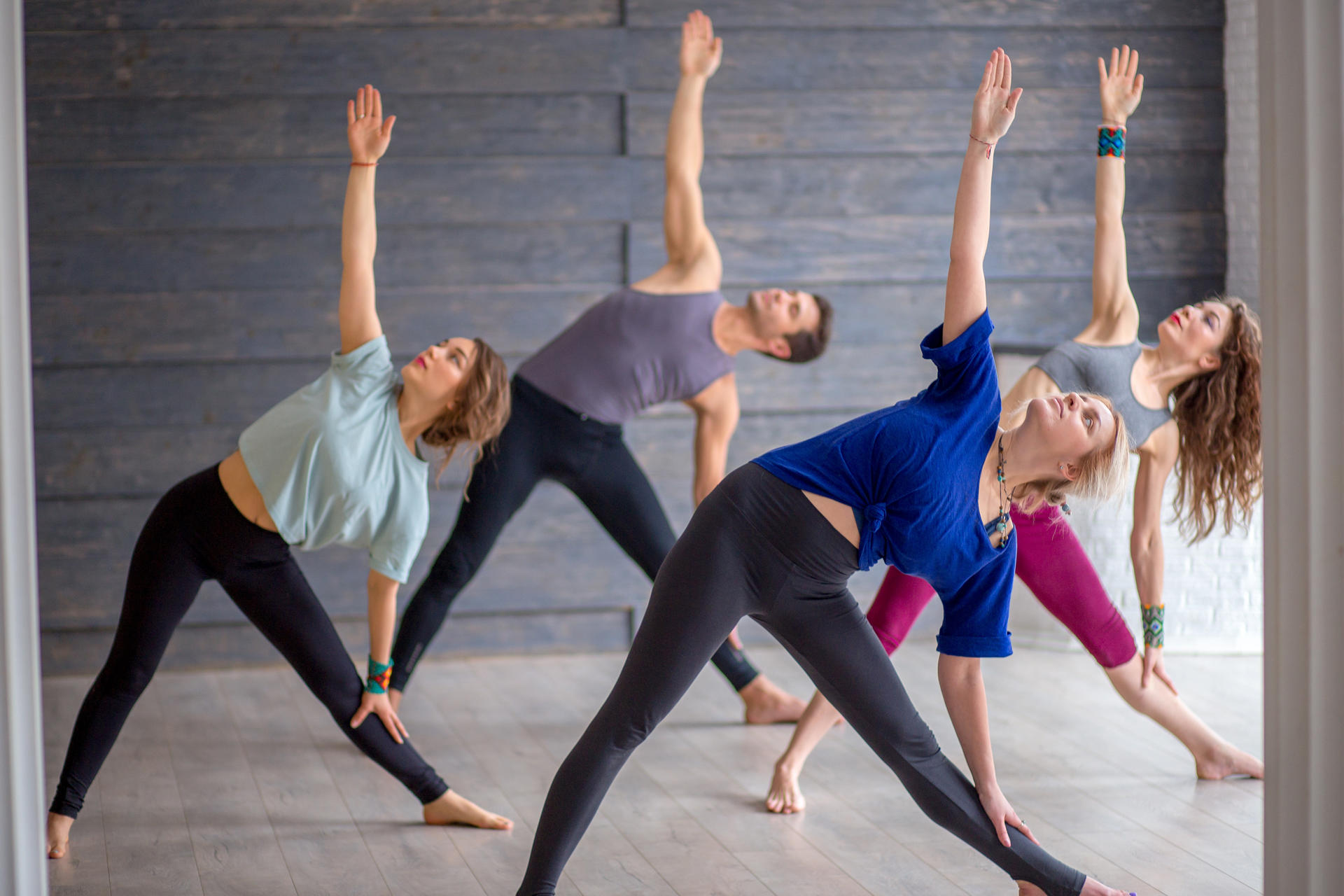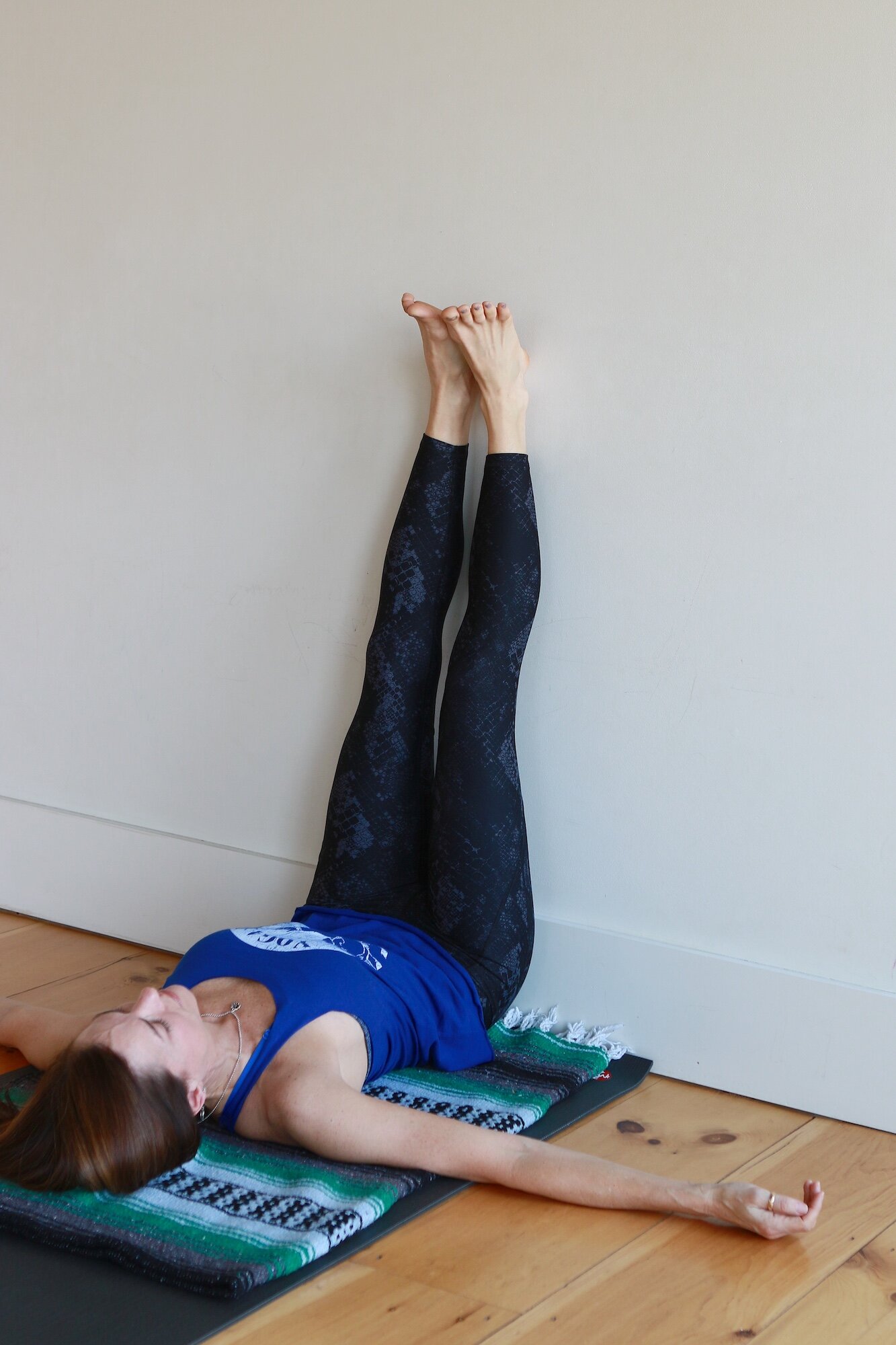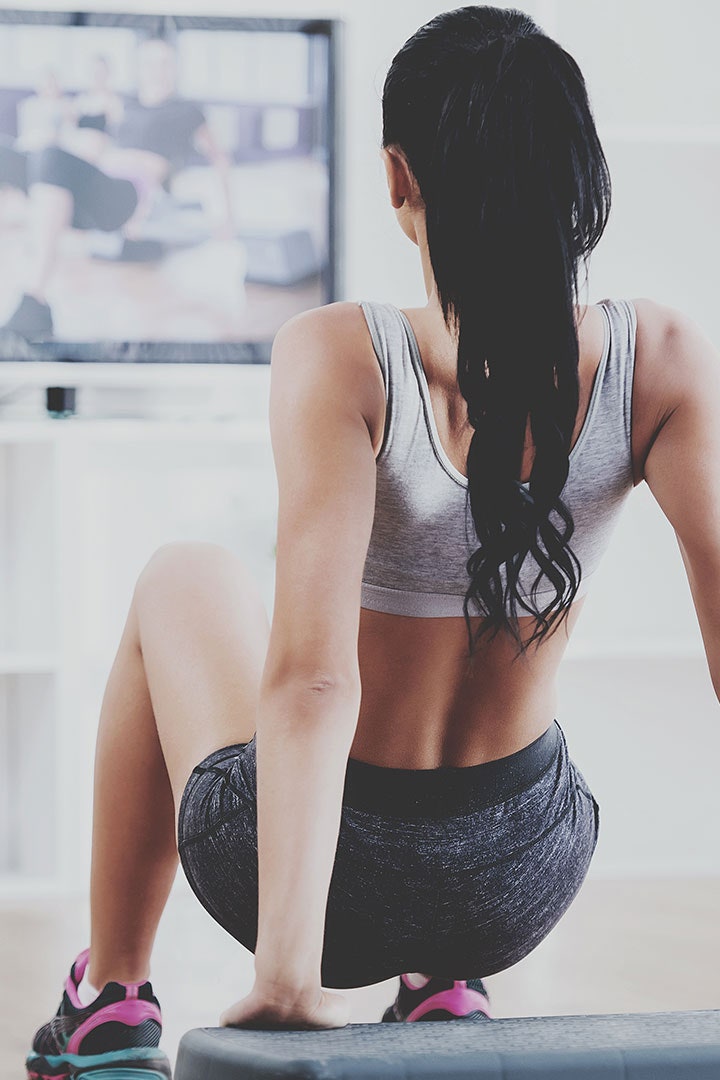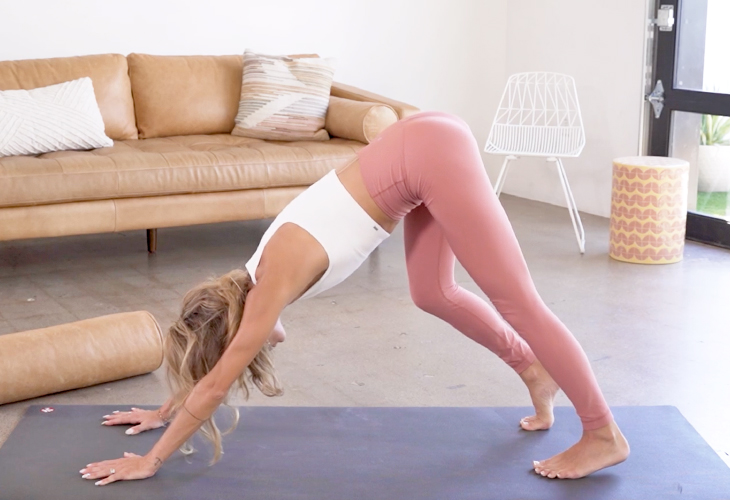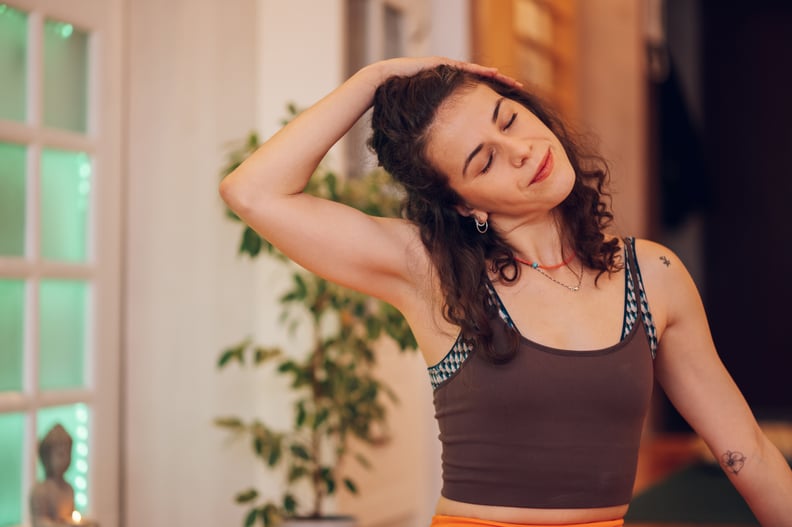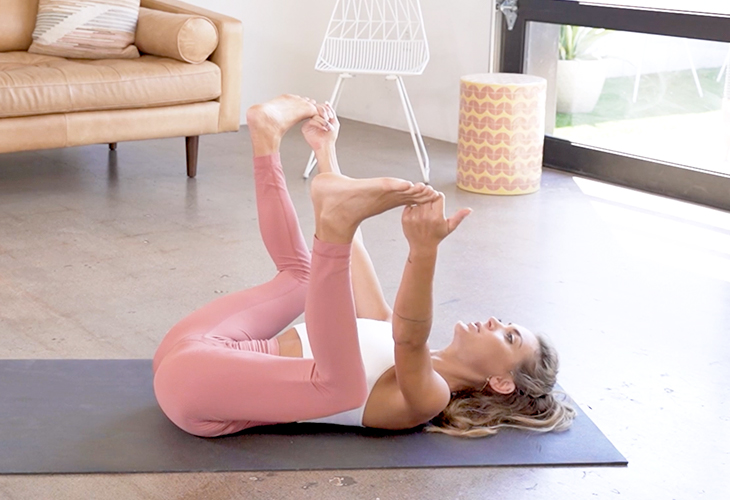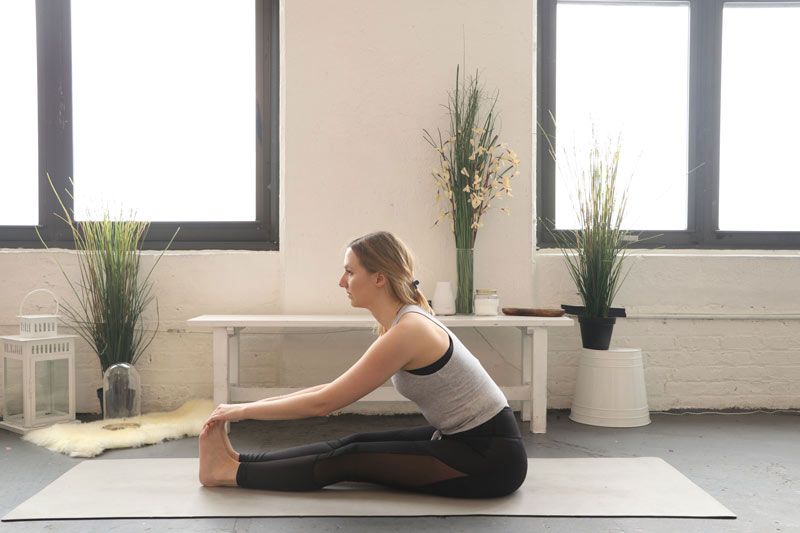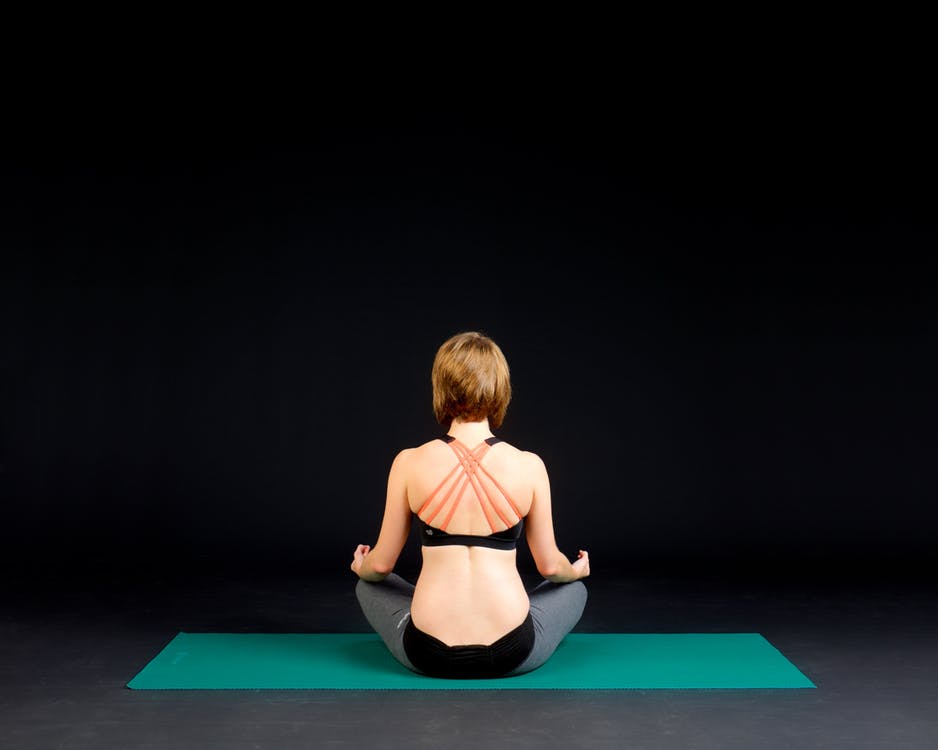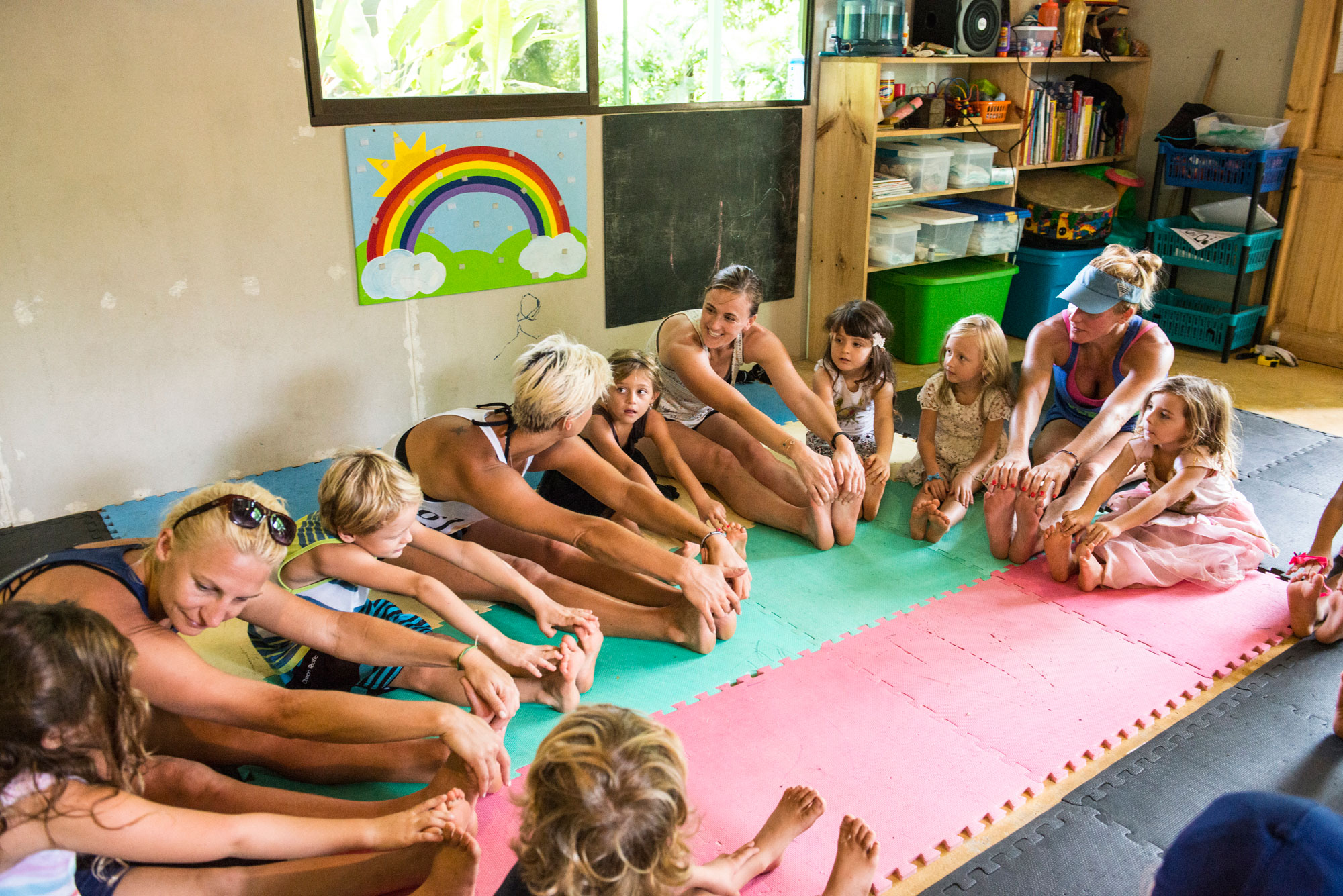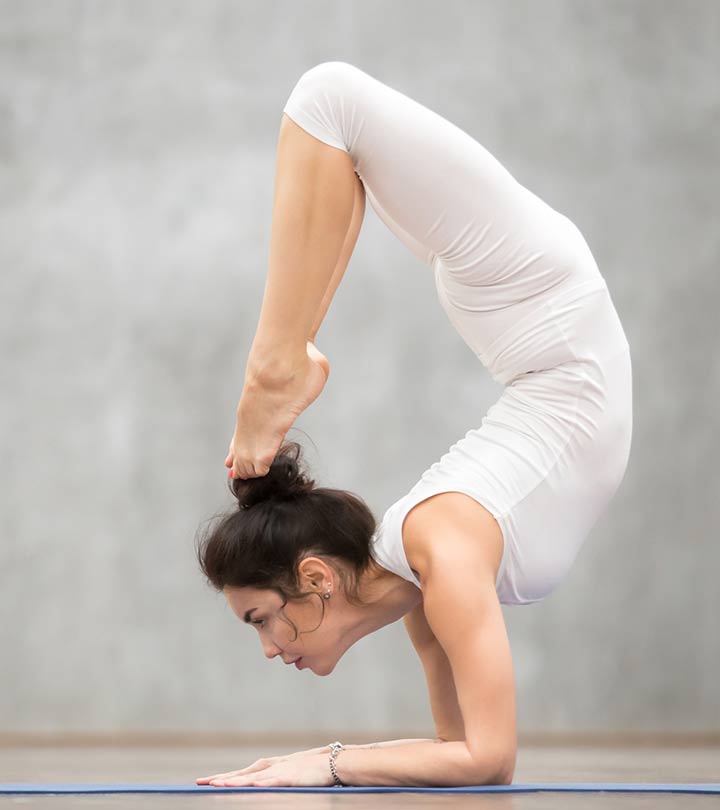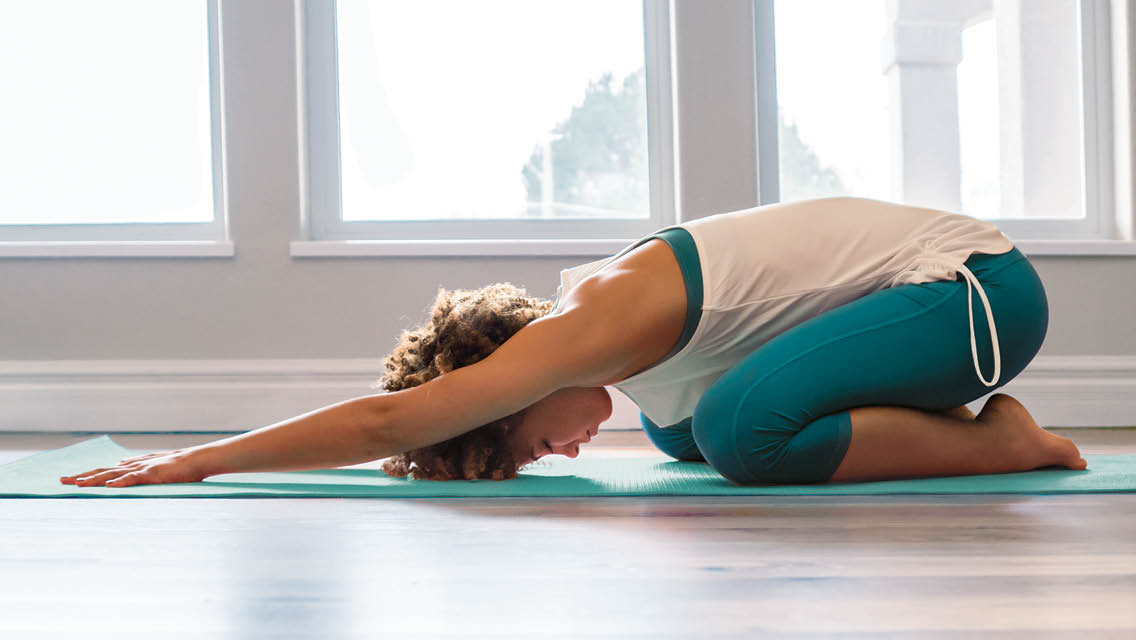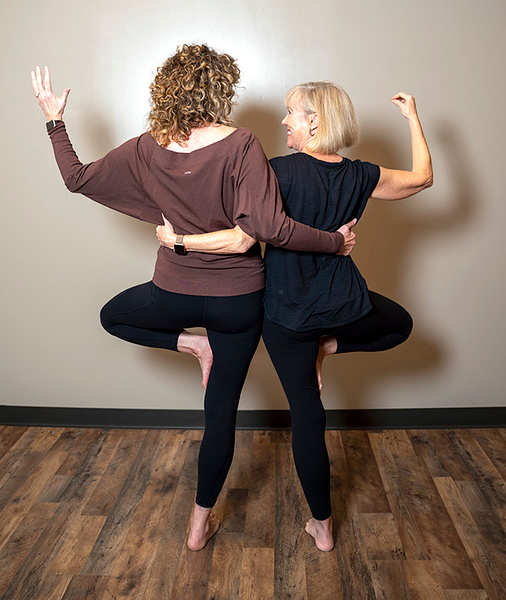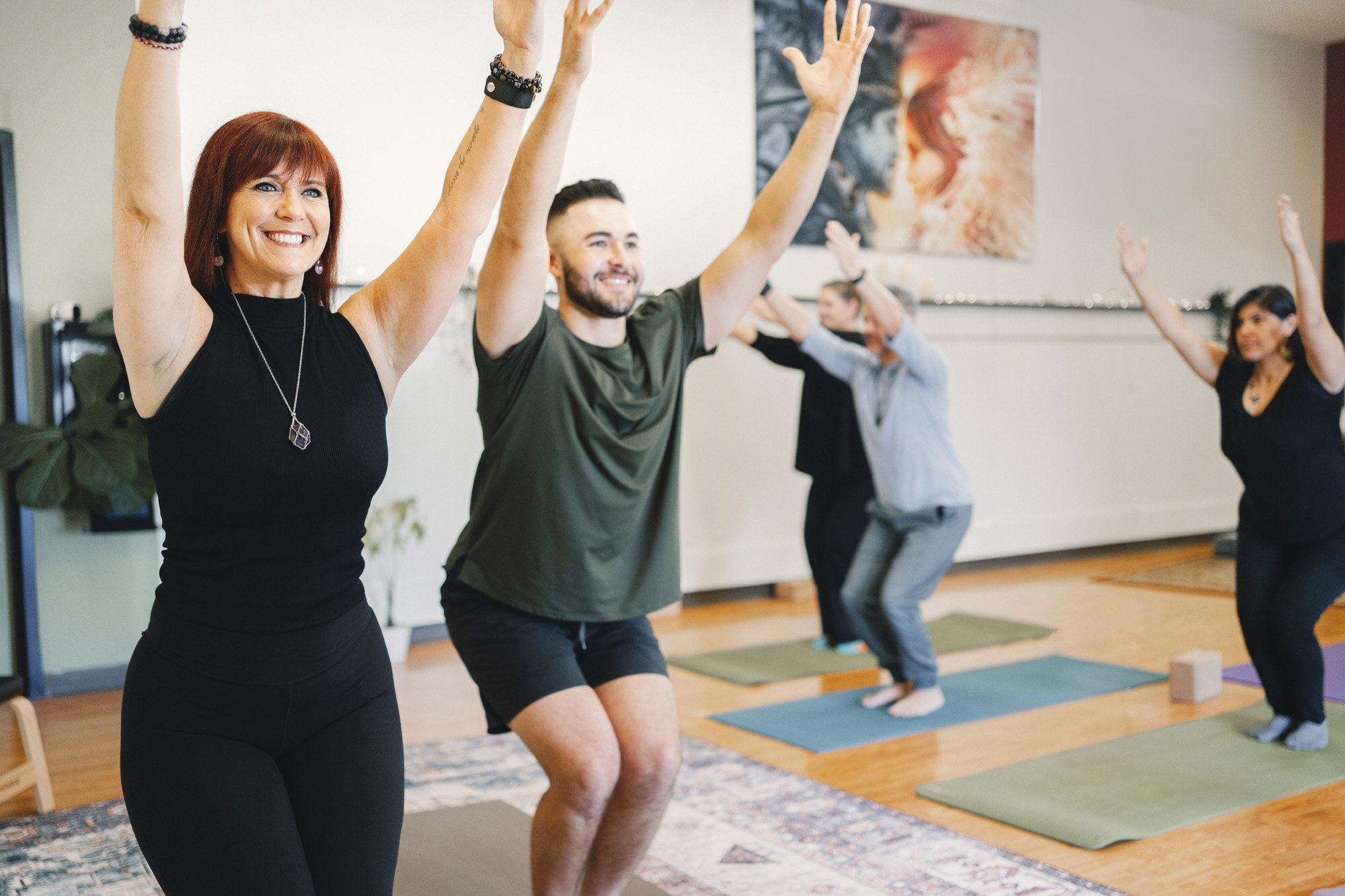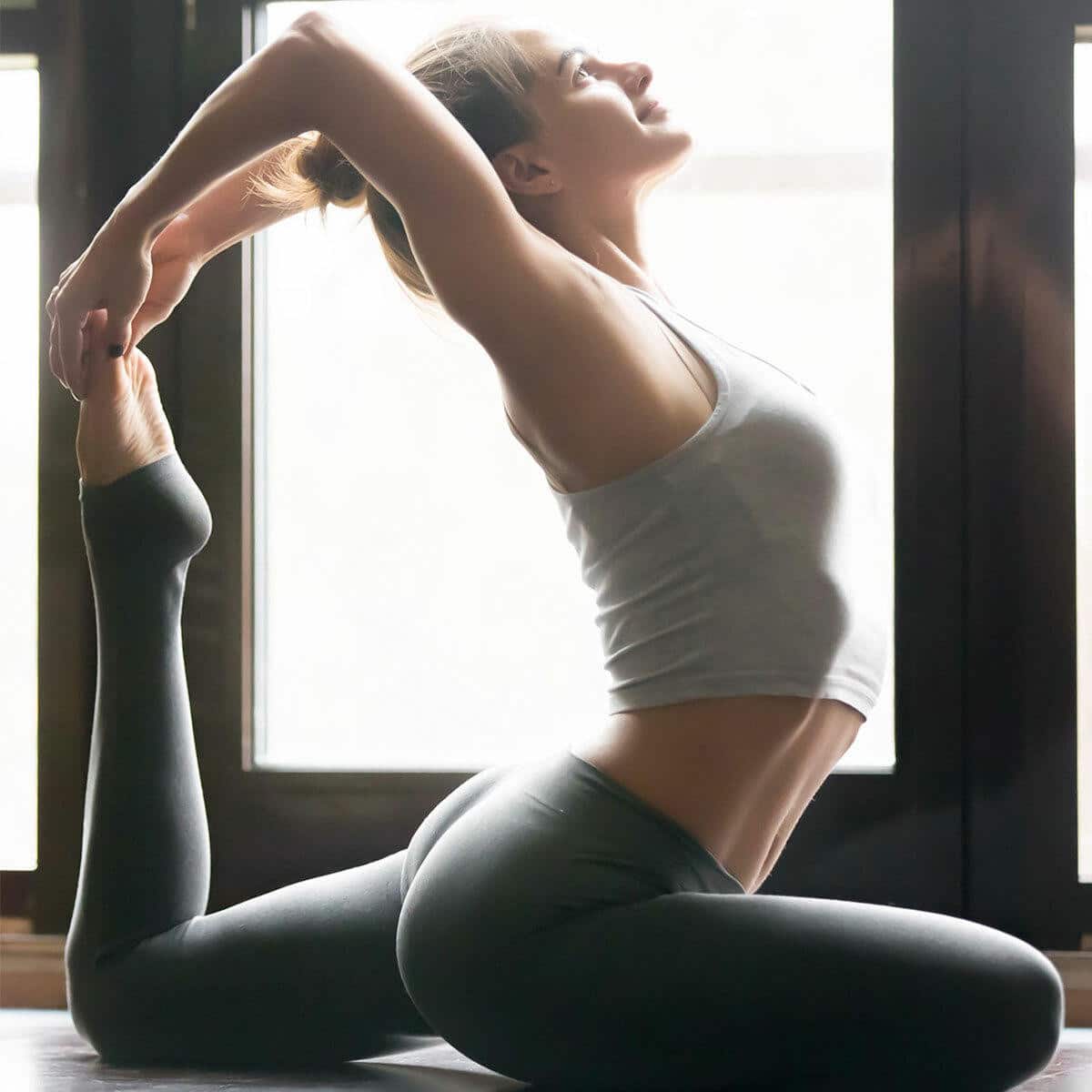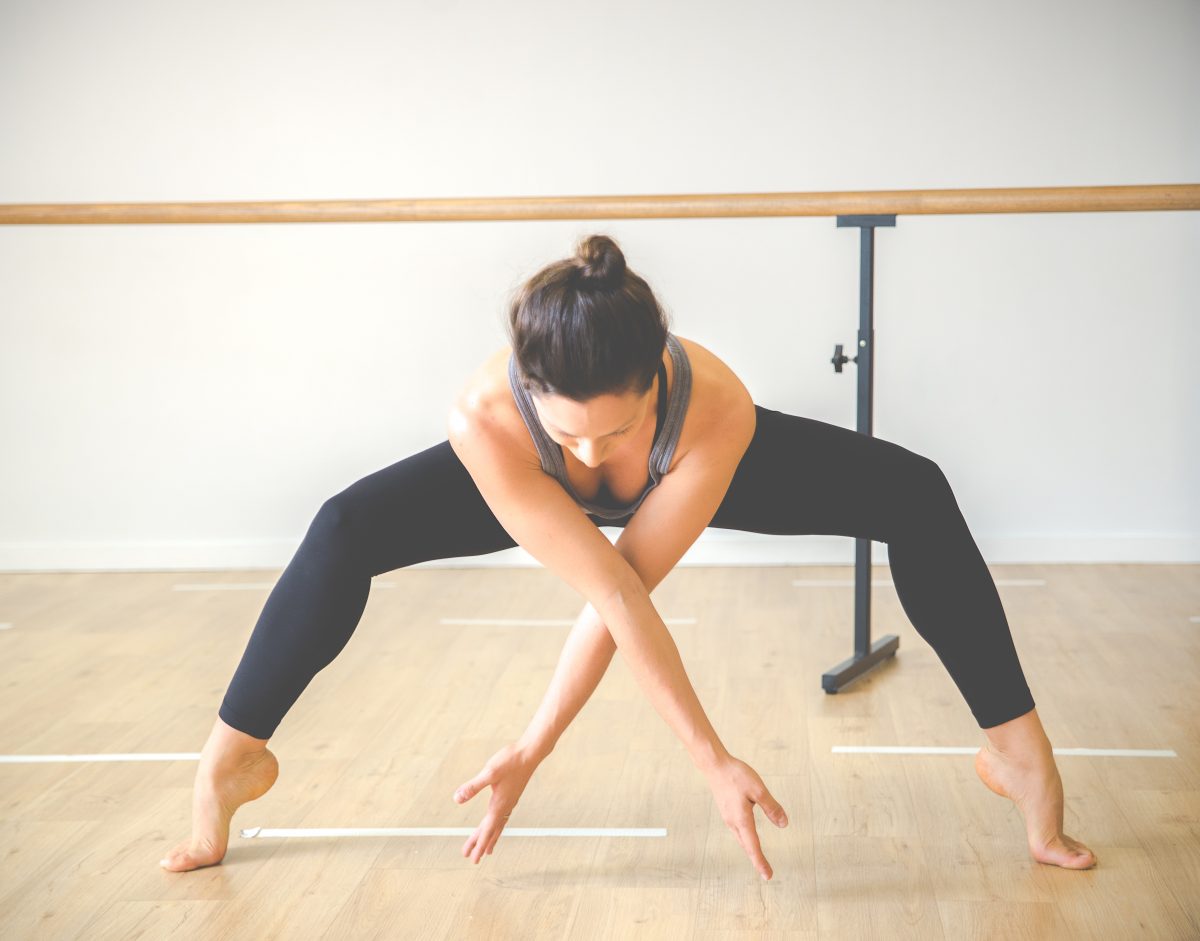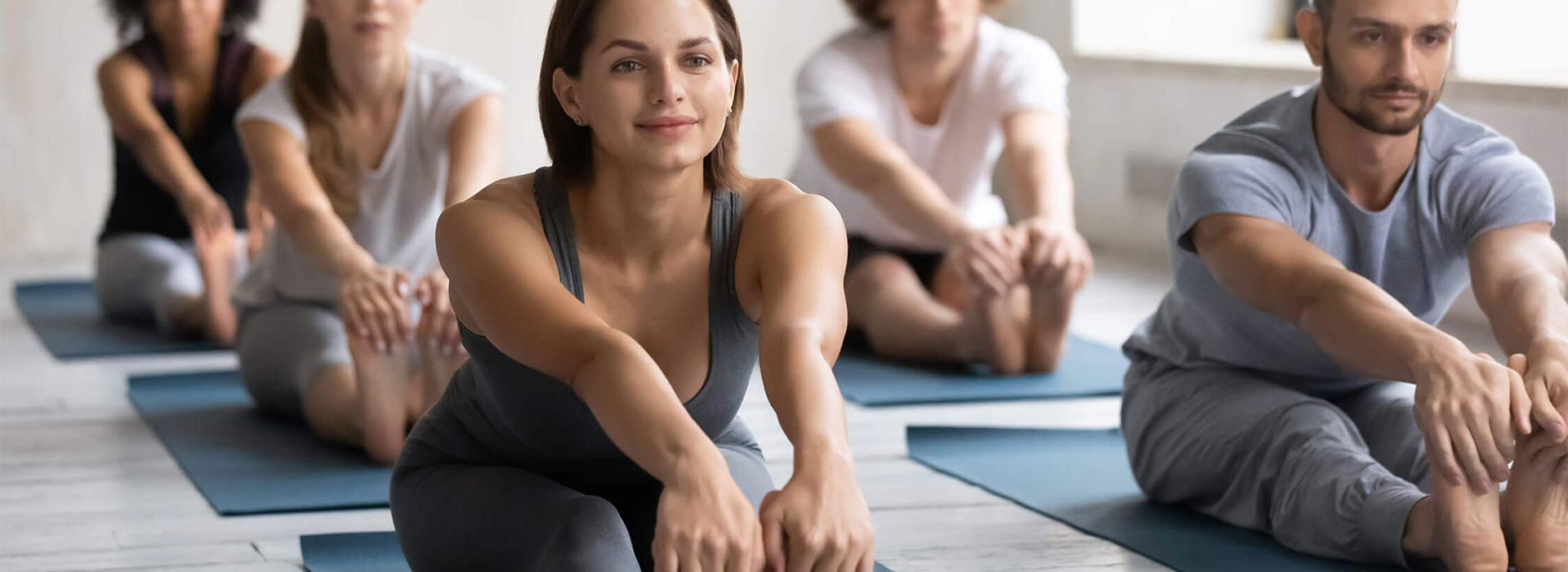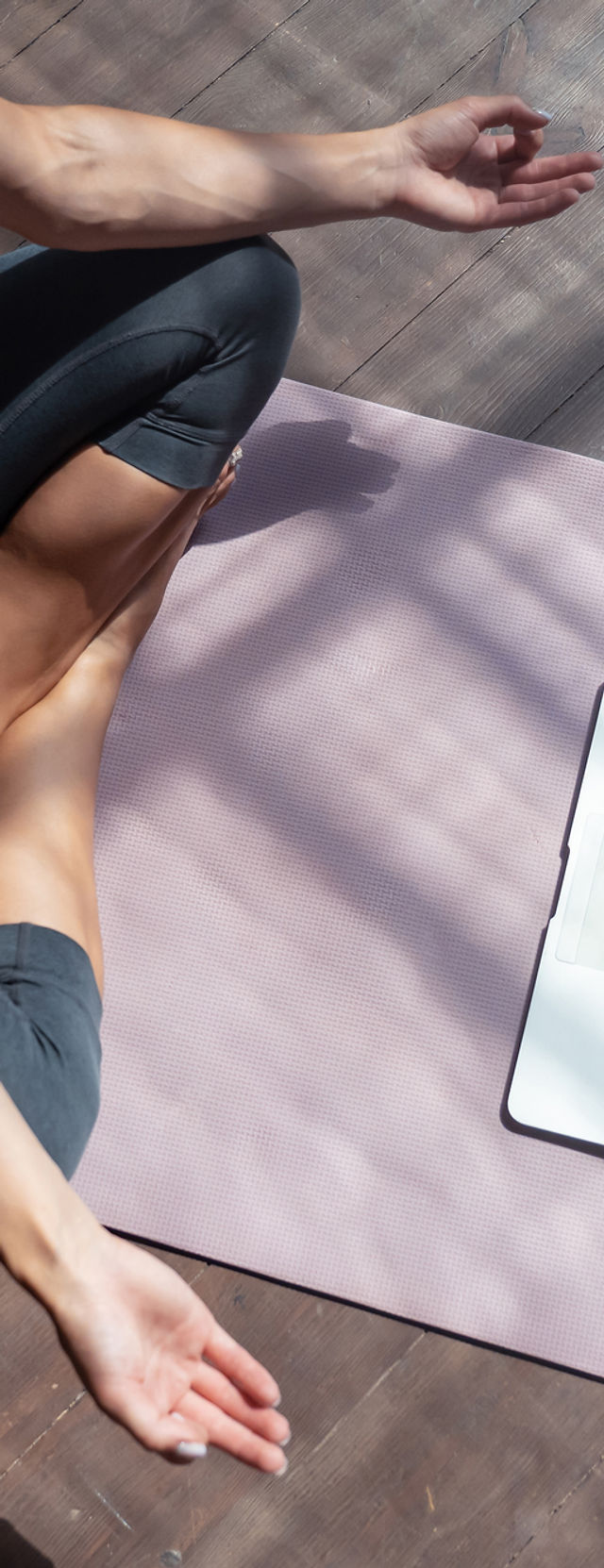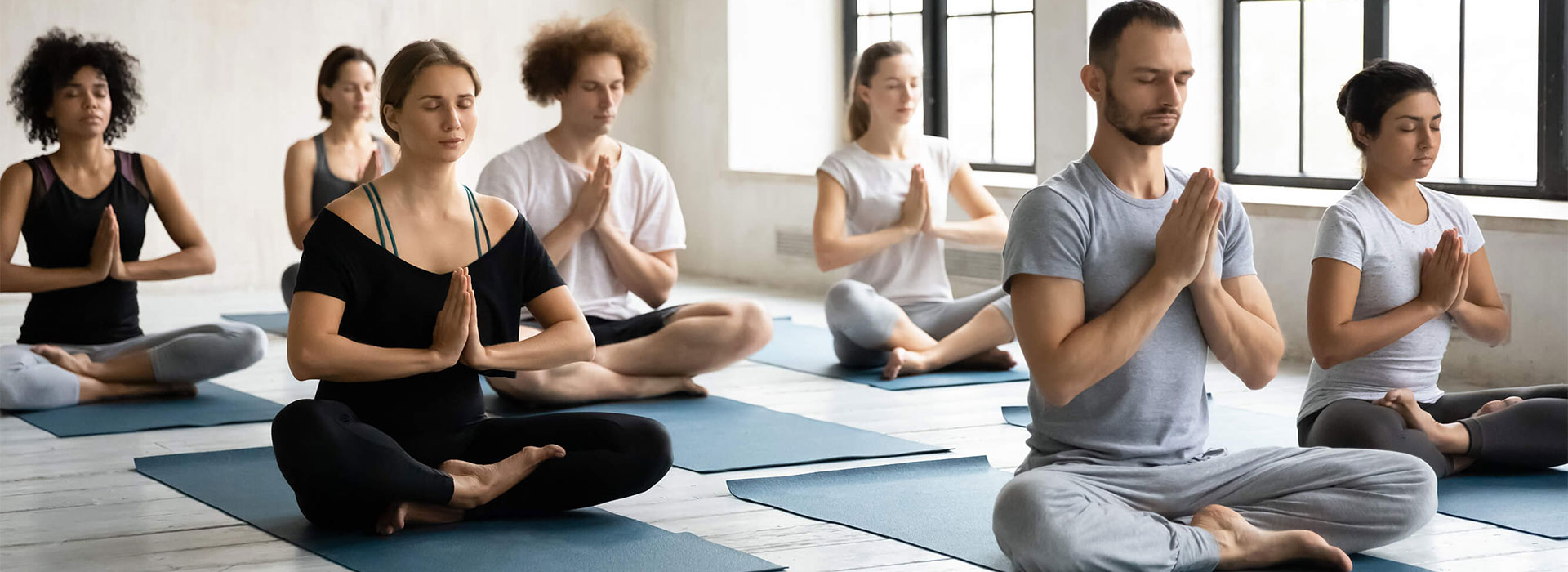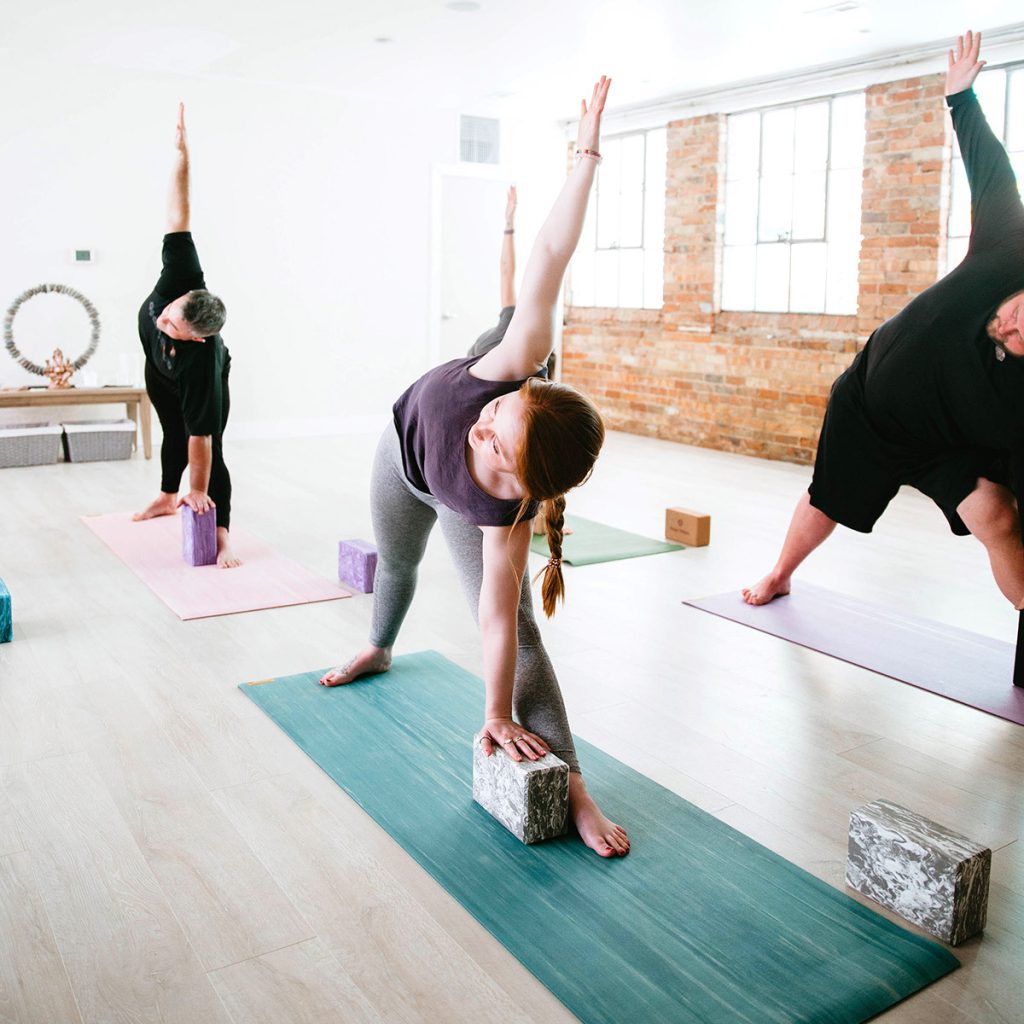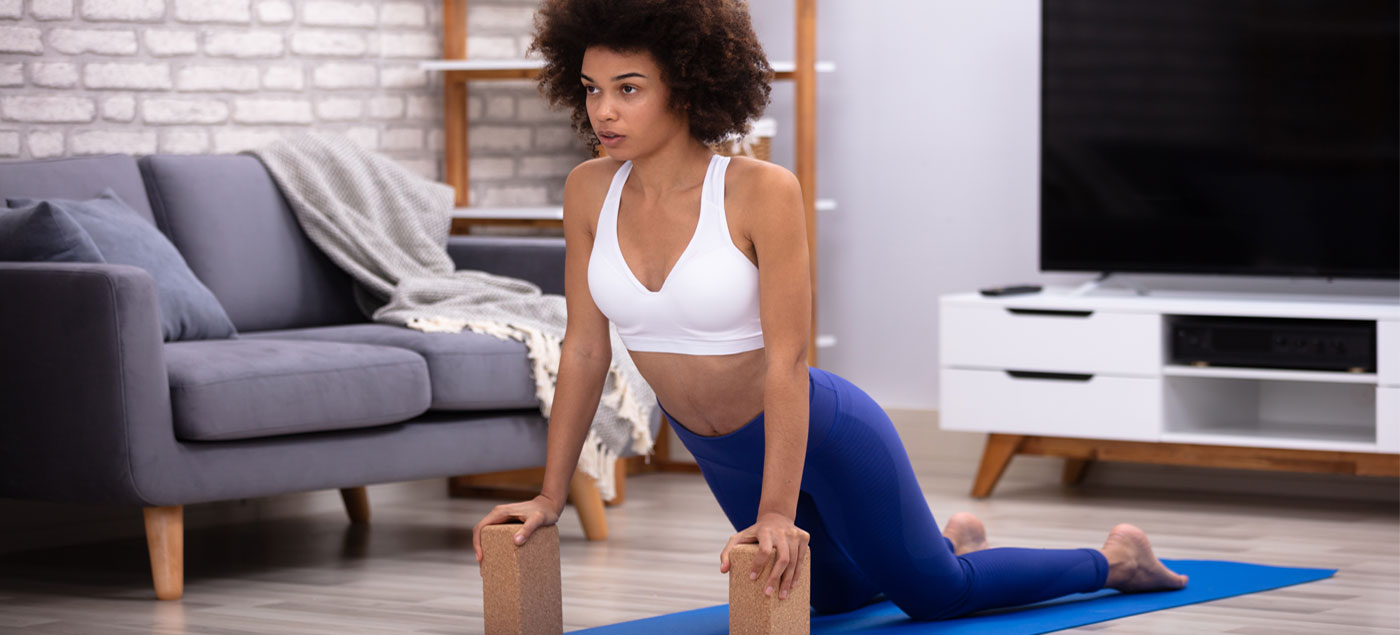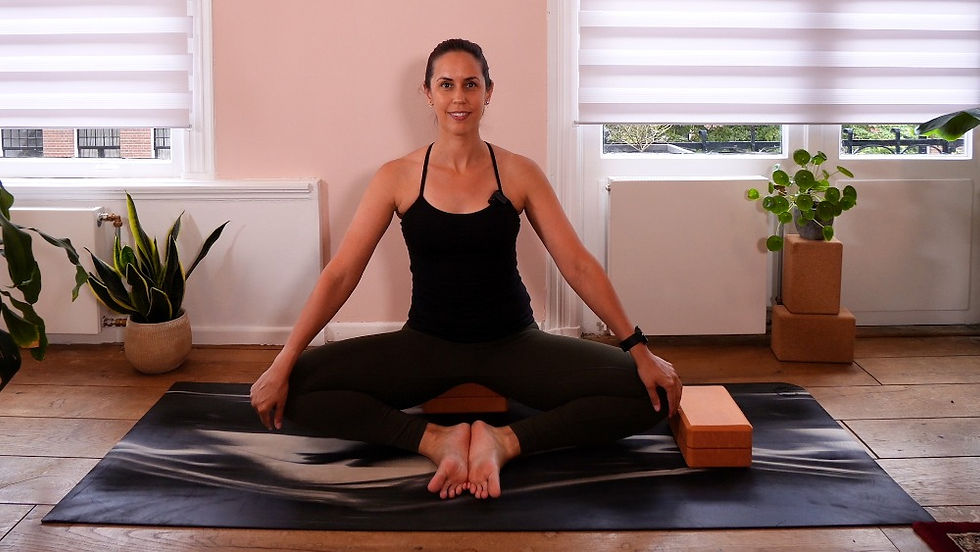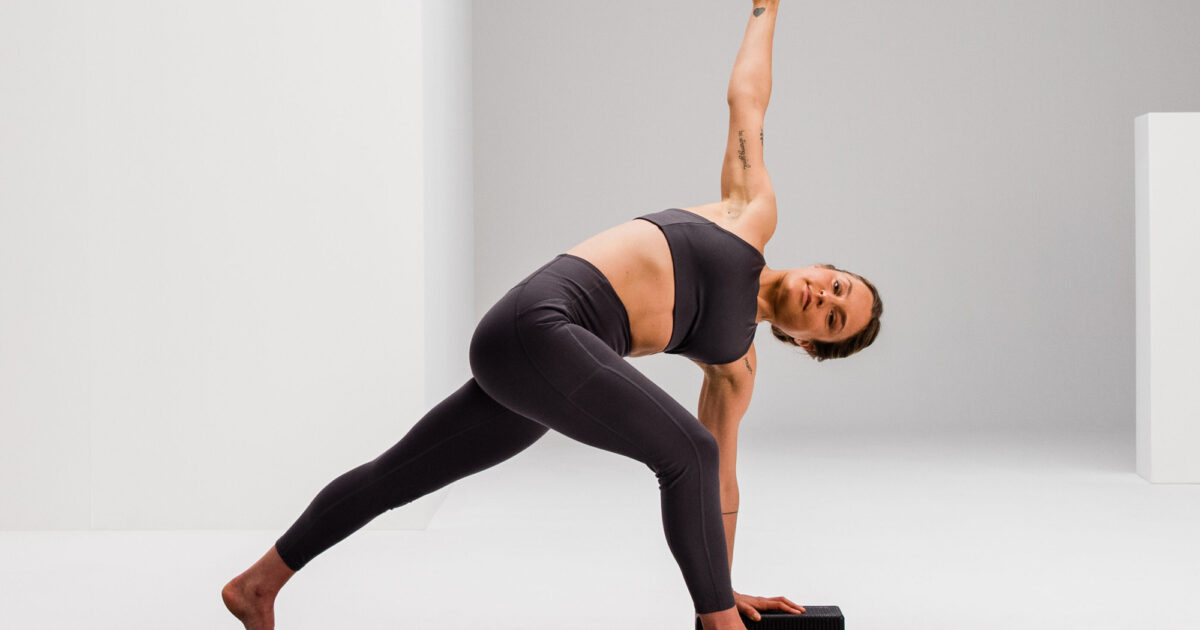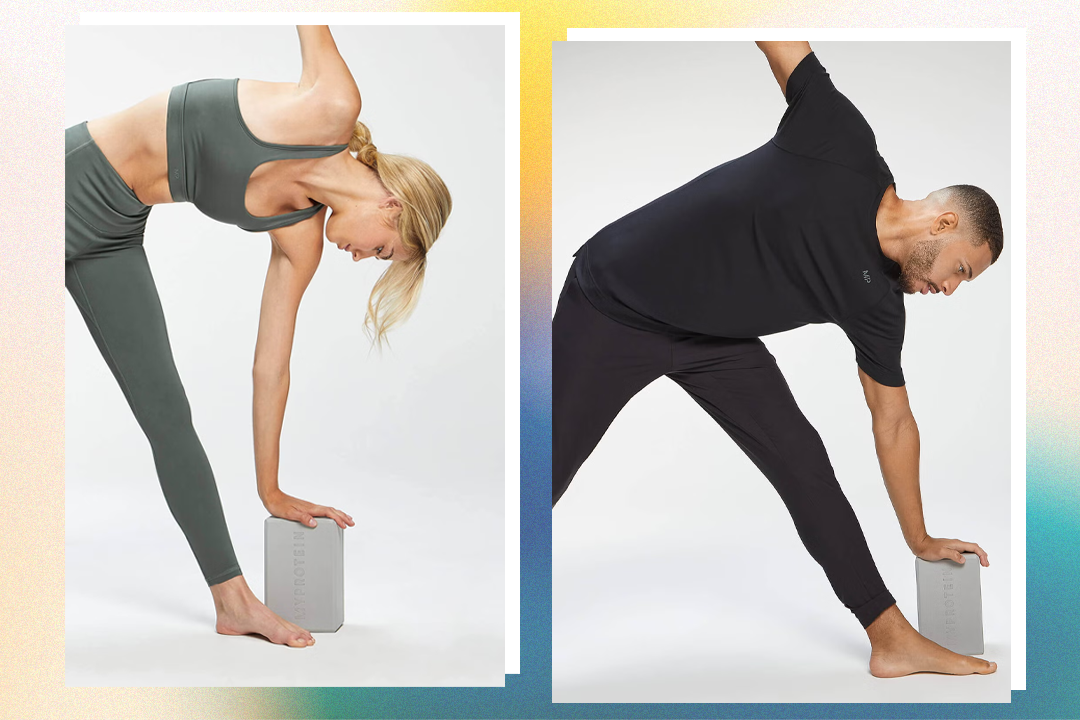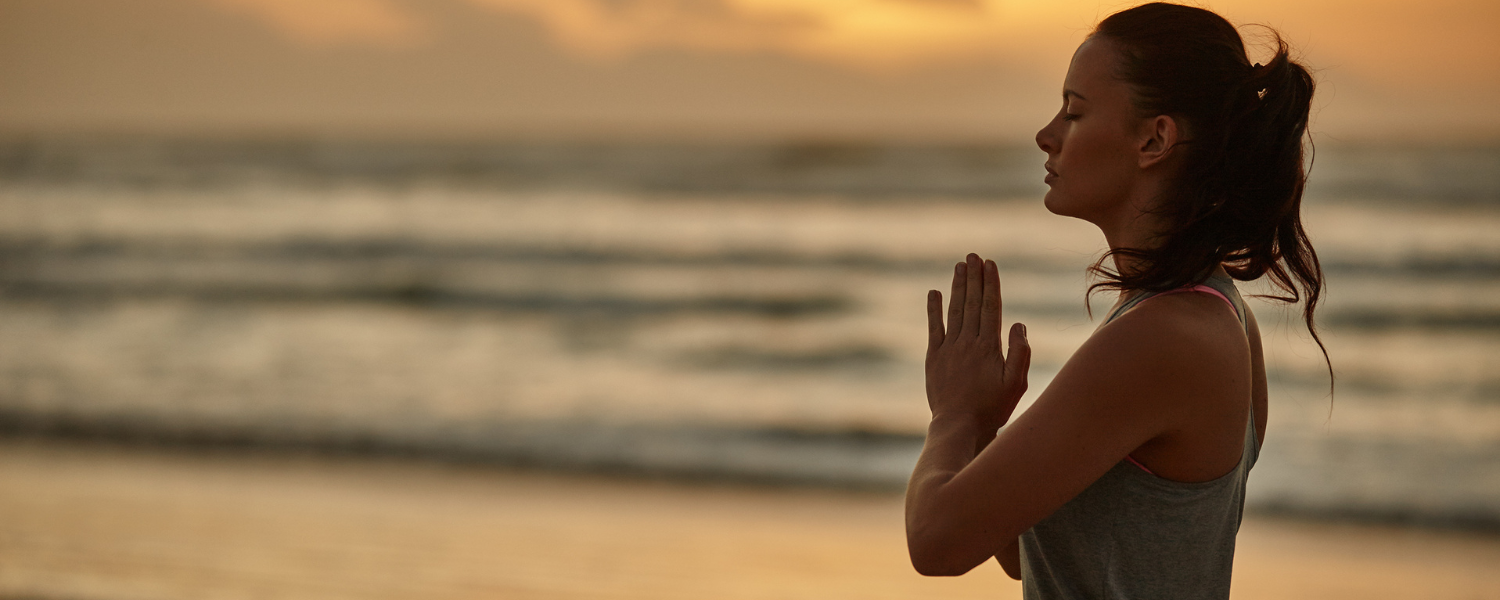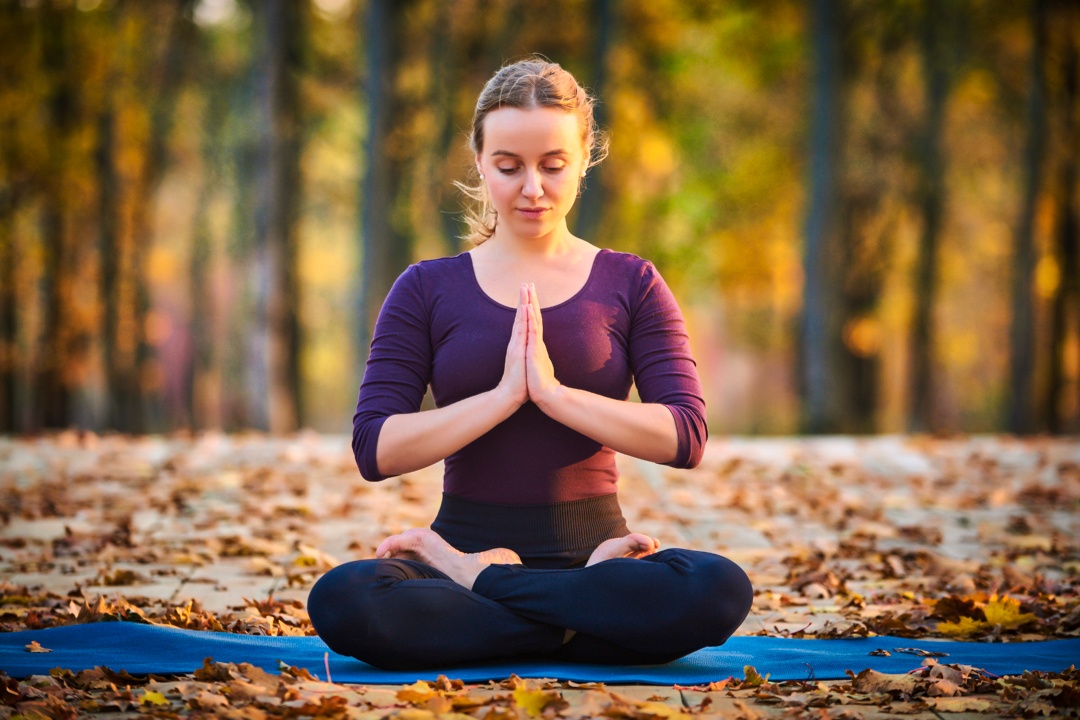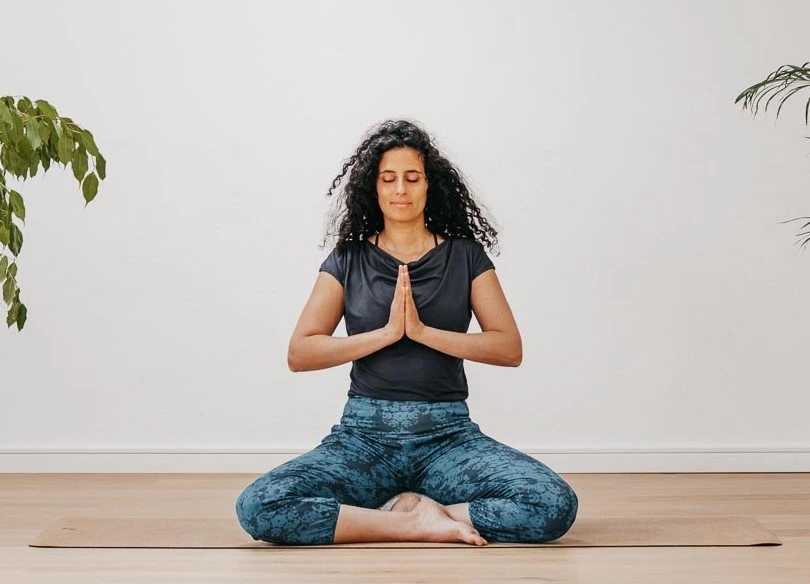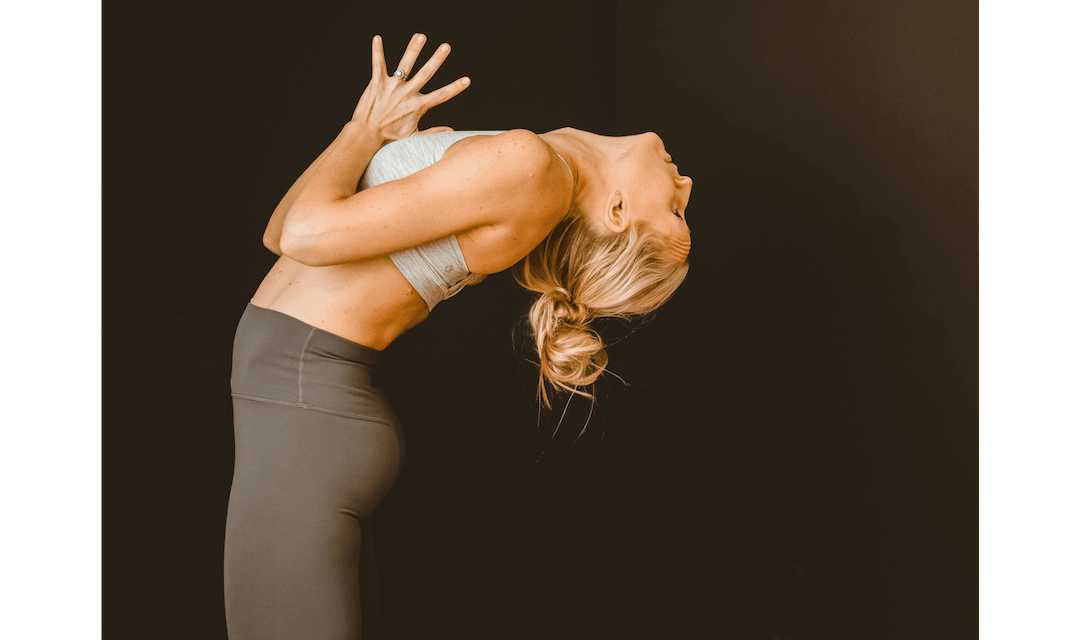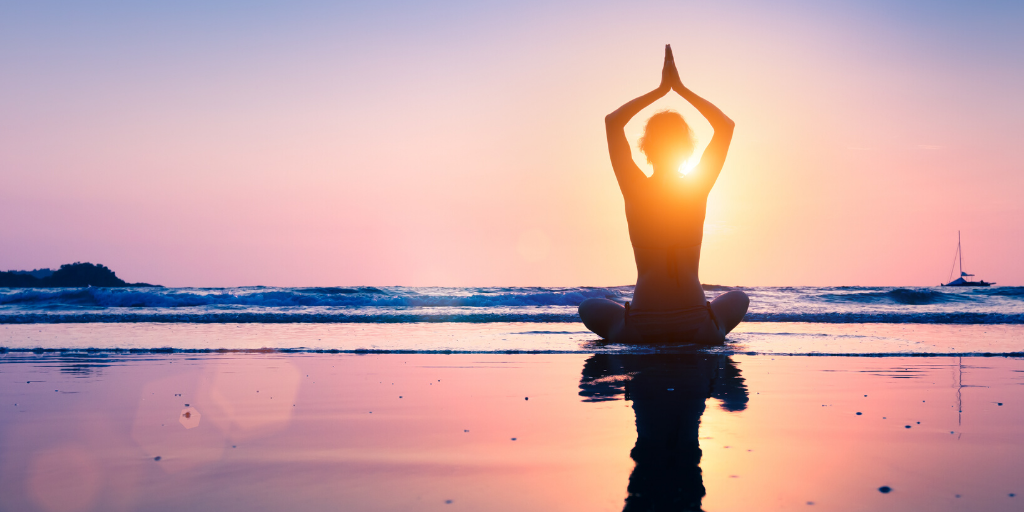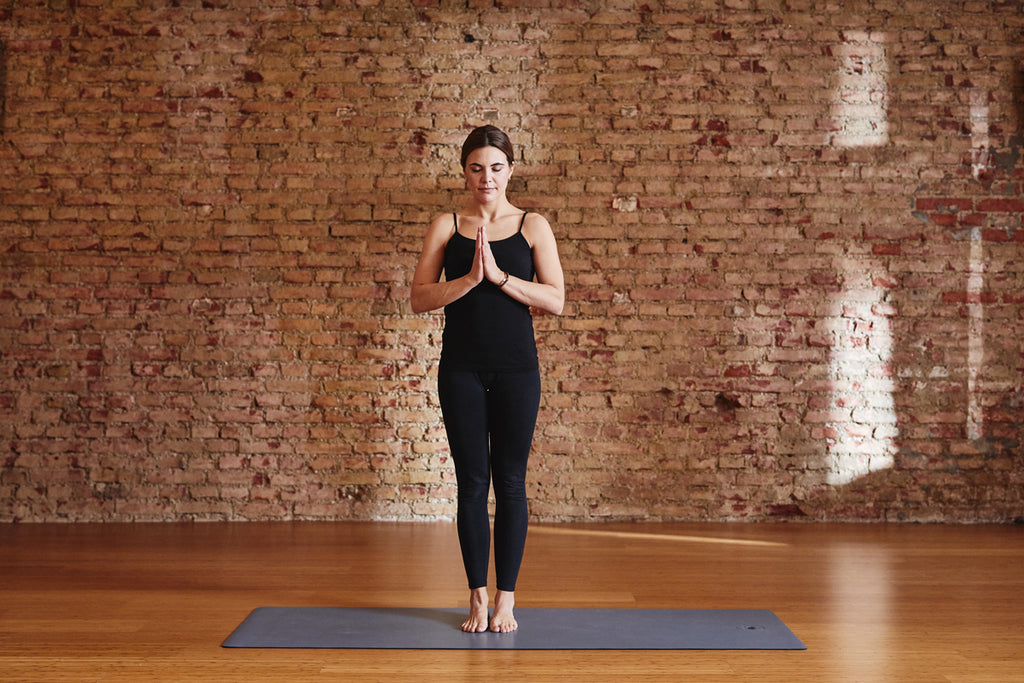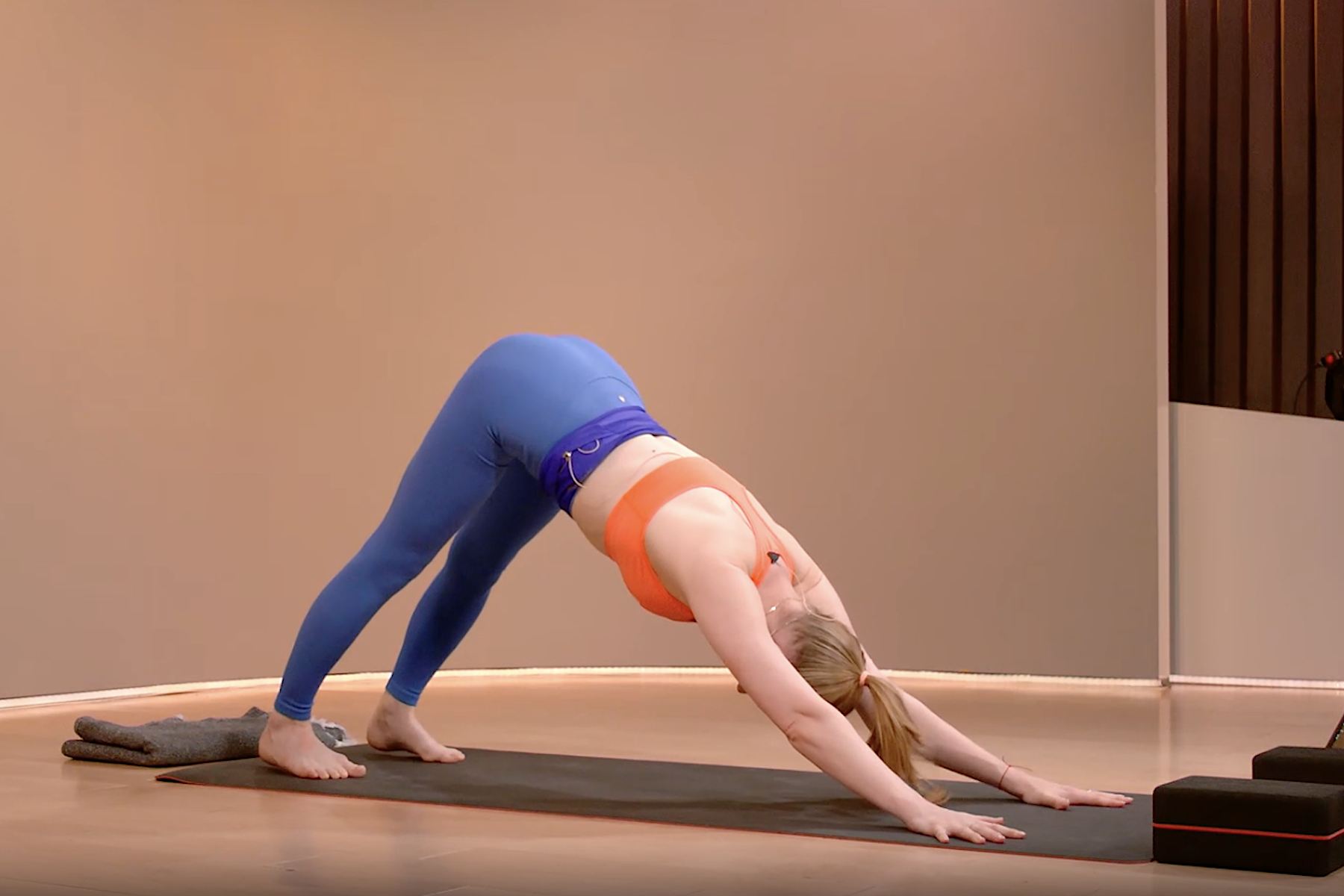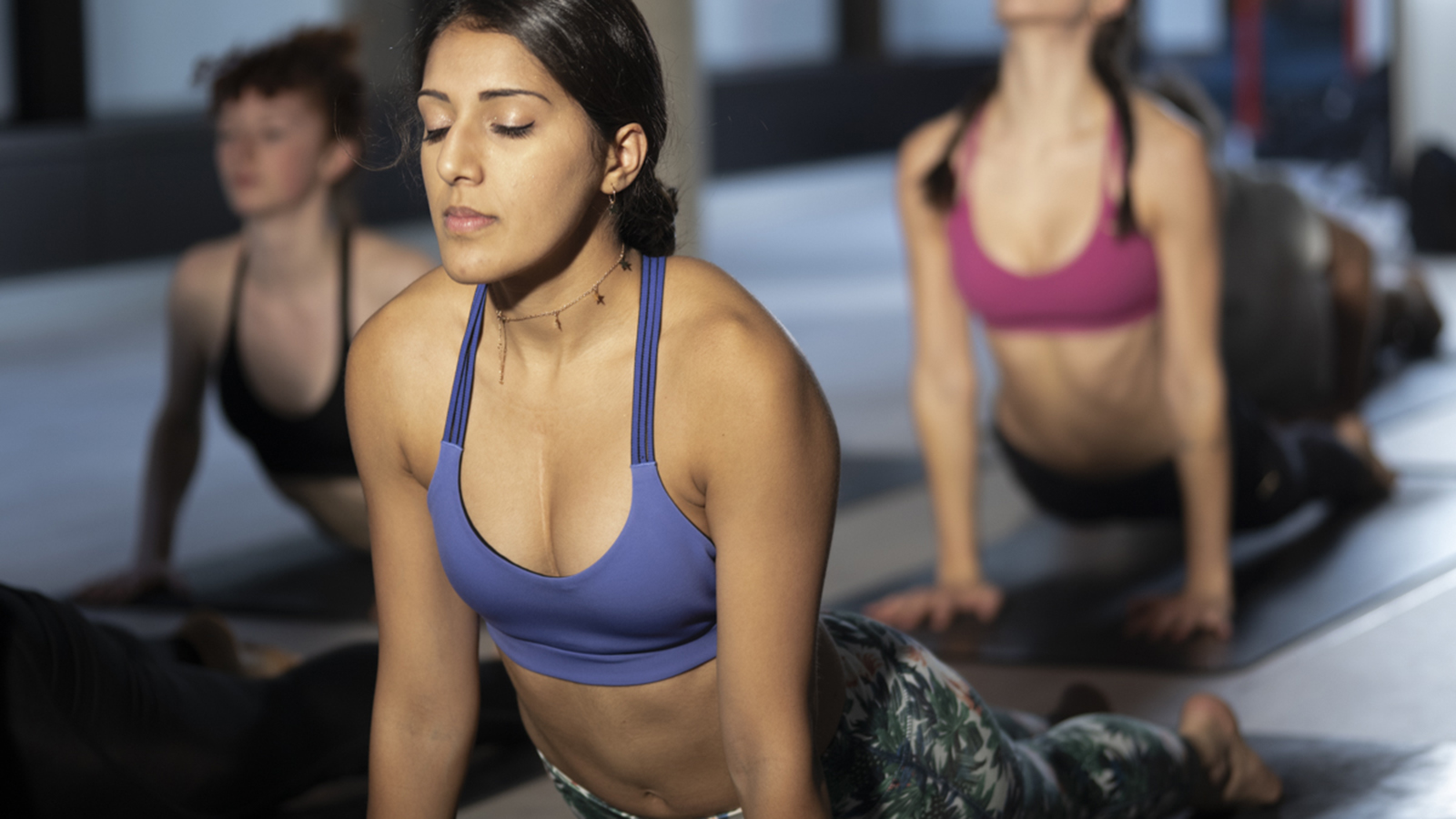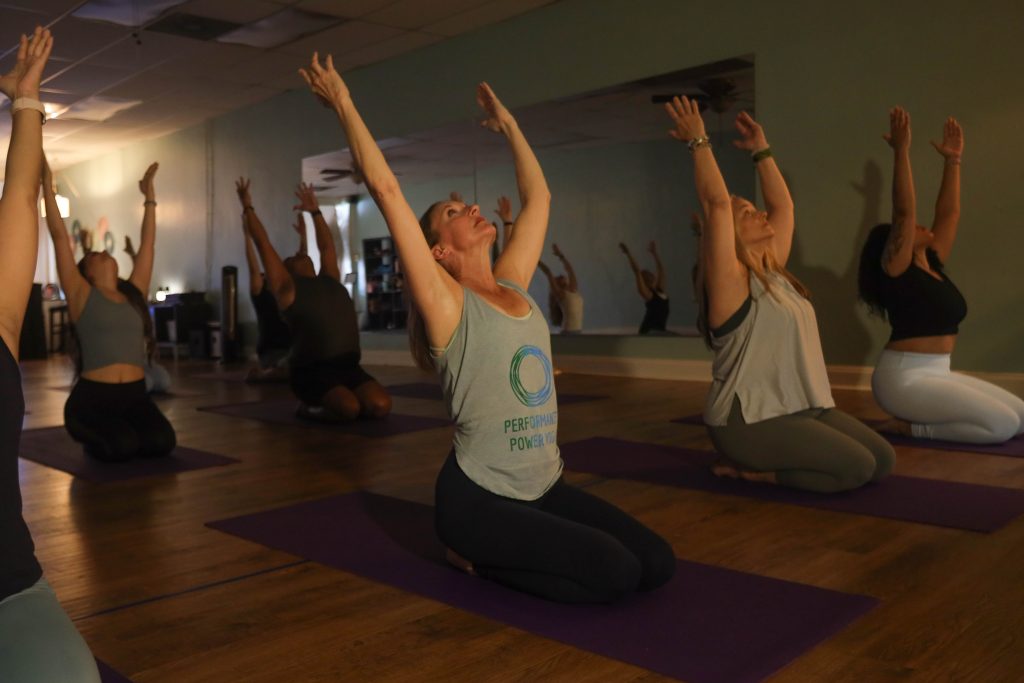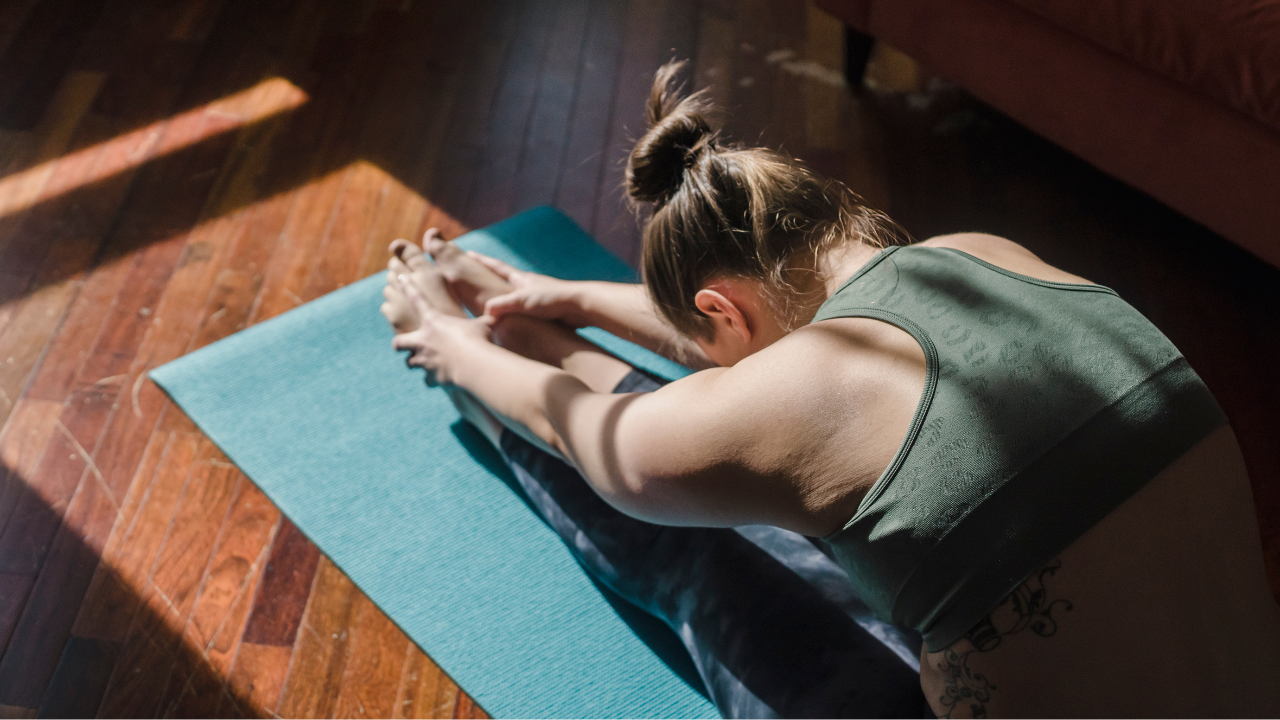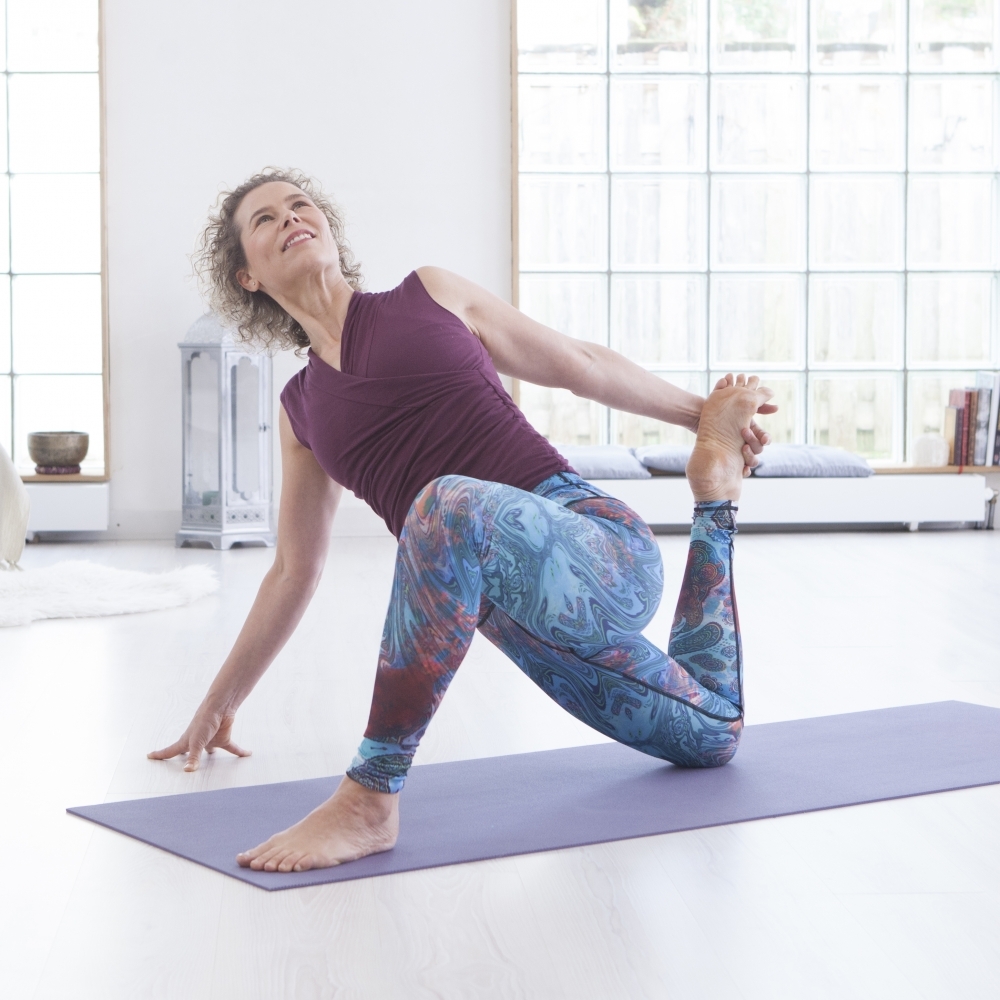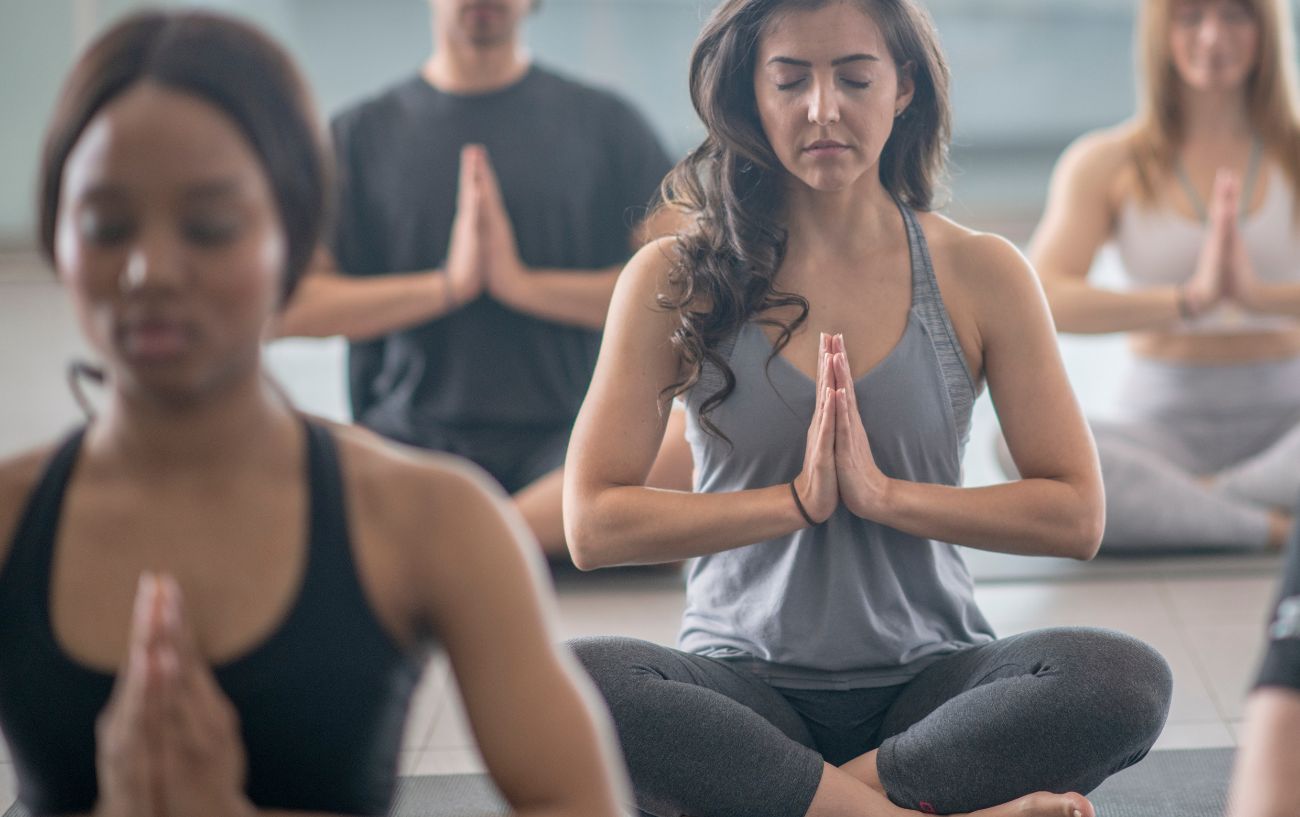Opening a yoga studio can be a rewarding venture, blending the promotion of wellness with entrepreneurial aspirations. However, it requires careful planning and execution to ensure success. From selecting the right location to creating a welcoming atmosphere, various factors contribute to the studio’s overall effectiveness and appeal. Consequently, understanding the steps involved in opening a yoga studio can help you navigate this complex but fulfilling process. Therefore, this comprehensive guide explores the critical steps for establishing a successful yoga studio, from planning and location selection to marketing and community engagement. By delving into these aspects, you can set your studio up for long-term success.
Planning and Research
Before diving into the practicalities of opening a yoga studio, proper planning and research are essential. Understanding your target market, competition, and financial considerations will provide a solid foundation for your venture. Therefore, exploring planning and research is crucial.

Market Research
Conducting thorough market research is the first step towards opening a successful yoga studio. Start by identifying the demand for yoga in your area, considering factors such as demographics, fitness trends, and local competition. Analyze existing yoga studios and fitness centers to understand their offerings, pricing, and customer base. This research will help you identify gaps in the market that your studio can fill, allowing you to tailor your services to meet specific needs. Additionally, understanding the competitive landscape will enable you to differentiate your studio through unique offerings or superior customer service. By understanding the importance of market research, you can create a strategic business plan. Therefore, recognizing the significance of thorough research is crucial.
Financial Planning
Financial planning is a key component of successfully opening a yoga studio. Begin by estimating the startup costs, including rent, equipment, certifications, marketing, and initial operational expenses. Create a detailed budget that outlines these costs and identifies potential funding sources, such as personal savings, loans, or investors. Additionally, develop a financial projection that includes projected revenue, expenses, and profit margins for the first few years of operation. Understanding your financial needs and planning accordingly will help you secure the necessary funds and manage your studio’s finances effectively. By understanding the importance of financial planning, you can ensure a stable foundation for your business. Therefore, recognizing the need for detailed budgeting is essential.
Selecting the Ideal Location
Choosing the right location for your yoga studio is critical to its success. The location influences the studio’s accessibility, visibility, and overall appeal. Understanding the factors to consider when selecting a location ensures you make an informed decision. Therefore, exploring the aspects of location selection is essential.

Accessibility and Visibility
Accessibility and visibility are paramount when selecting a location for your yoga studio. Choose a location that is easily accessible by car, public transportation, or foot. Ensure there is ample parking available for clients who drive. Visibility is also crucial, as a highly visible location will attract more walk-in customers and increase brand awareness. Consider areas with high foot traffic, such as shopping centers, busy streets, or community hubs. By understanding the importance of accessibility and visibility, you can enhance your studio’s reach and customer base. Therefore, recognizing the significance of a strategic location is crucial.
Space and Layout
The space and layout of your studio are important factors that impact the overall experience for clients. Look for a location that offers sufficient space to accommodate your classes comfortably, with room for yoga mats, props, and movement. The layout should include a welcoming reception area, changing rooms, and storage for equipment. Additionally, consider elements such as natural lighting, ventilation, and acoustics, as these can greatly affect the ambiance and comfort of your studio. By understanding the importance of space and layout, you can create a functional and inviting environment for your clients. Therefore, recognizing the value of a well-designed studio is crucial.
Creating a Business Plan
A comprehensive business plan is essential for guiding your yoga studio’s growth and securing funding. Understanding the key components of a business plan helps you outline your vision and strategy. Therefore, exploring the elements of creating a business plan is essential.
Mission and Vision Statement
The mission and vision statement of your yoga studio articulate your core values, purpose, and long-term goals. The mission statement should succinctly describe what your studio aims to achieve, focusing on the services you offer and the benefits to your clients. The vision statement, on the other hand, outlines your aspirations for the future, providing a direction for growth and development. These statements serve as guiding principles for your business decisions and help communicate your studio’s identity to clients, employees, and investors. By understanding the importance of a clear mission and vision, you can align your efforts towards achieving your goals. Therefore, recognizing the significance of articulating your core values is crucial.
Marketing and Outreach Strategies
Developing effective marketing and outreach strategies is vital for attracting clients to your yoga studio. Identify your target audience and tailor your marketing efforts to their preferences and needs. Utilize a mix of online and offline marketing channels, including social media, email newsletters, local advertisements, and community events. Offering promotions, discounts, and referral programs can incentivize new clients to try your classes. Additionally, partner with local businesses, wellness centers, and community organizations to expand your reach. By understanding the importance of diverse marketing strategies, you can increase visibility and client acquisition. Therefore, recognizing the value of targeted outreach is essential.

Designing Your Yoga Studio
The design and atmosphere of your yoga studio play a significant role in the client experience. Understanding how to create a welcoming and functional space ensures a positive environment for your clients. Therefore, exploring the elements of designing your yoga studio is essential.
Ambiance and Decor
The ambiance and decor of your yoga studio contribute to the overall experience and comfort of your clients. Choose a calming color palette, incorporating soft and neutral tones that promote relaxation and focus. Select decor elements such as plants, art, and lighting that enhance the sense of tranquility and well-being. Natural materials like wood and bamboo can add warmth and a connection to nature. Additionally, ensure the studio is clean, organized, and free of clutter, creating a space that feels open and inviting. By understanding the importance of ambiance and decor, you can create a serene environment that enhances your clients’ practice. Therefore, recognizing the significance of aesthetic elements is crucial.
Equipment and Amenities
Equipping your yoga studio with the right amenities is essential for meeting clients’ needs and enhancing their experience. Invest in high-quality yoga mats, blocks, straps, bolsters, and blankets to support various styles of practice. Ensure there are sufficient supplies for all class participants. Additionally, consider amenities such as water stations, changing rooms, and secure storage for personal belongings. Including elements like sound systems for music, essential oils for aromatherapy, and comfortable seating in the reception area can further enhance the client experience. By understanding the importance of proper equipment and amenities, you can ensure a well-equipped and welcoming studio. Therefore, recognizing the value of thoughtful amenities is crucial.
Hiring and Training Staff
The quality of your staff plays a significant role in the success of your yoga studio. Understanding how to hire and train the right team ensures a positive and professional environment. Therefore, exploring the aspects of hiring and training staff is essential.
Hiring Qualified Instructors
Hiring qualified instructors is crucial for delivering high-quality yoga classes and attracting loyal clients. Look for instructors with recognized certifications, experience in teaching various yoga styles, and a passion for wellness. Conduct thorough interviews to assess their teaching skills, communication abilities, and alignment with your studio’s values. Offering competitive compensation and opportunities for professional development can help attract and retain top talent. By understanding the importance of hiring qualified instructors, you can build a team that elevates your studio’s reputation. Therefore, recognizing the significance of skilled and passionate instructors is crucial.
Staff Training and Development
Investing in staff training and development is essential for maintaining high standards and fostering a supportive culture. Provide ongoing training opportunities, including workshops, certifications, and mentorship programs, to enhance your instructors’ skills and knowledge. Encourage collaboration and feedback through regular staff meetings and performance reviews. Foster a positive and inclusive work environment where staff feel valued and supported. By understanding the importance of staff development, you can ensure your team remains motivated and committed to delivering exceptional service. Therefore, recognizing the value of continuous learning is crucial.
Promoting Your Yoga Studio
Effective promotion is key to attracting clients and building your studio’s brand. Understanding how to market your studio ensures visibility and engagement. Therefore, exploring the elements of promoting your yoga studio is essential.
Leveraging Social Media
Social media is a powerful tool for promoting your yoga studio and engaging with your community. Create profiles on platforms such as Instagram, Facebook, and Twitter to share content, updates, and promotions. Use high-quality images, videos, and compelling captions to showcase your classes, events, and studio ambiance. Engaging with followers through comments, direct messages, and interactive posts can build a loyal online community. Additionally, consider collaborating with influencers or hosting social media contests to increase visibility. By understanding the potential of social media, you can effectively promote your studio. Therefore, recognizing the impact of online presence is crucial.
Hosting Community Events
Hosting community events is an effective way to promote your yoga studio and foster connections. Consider organizing workshops, open houses, charity events, and wellness fairs to introduce your studio to the community. These events provide an opportunity for potential clients to experience your classes, meet instructors, and learn about your offerings. Partnering with local businesses and organizations can enhance the reach and impact of these events. By understanding the value of community engagement, you can create a strong local presence and attract new clients. Therefore, recognizing the importance of community events is crucial.
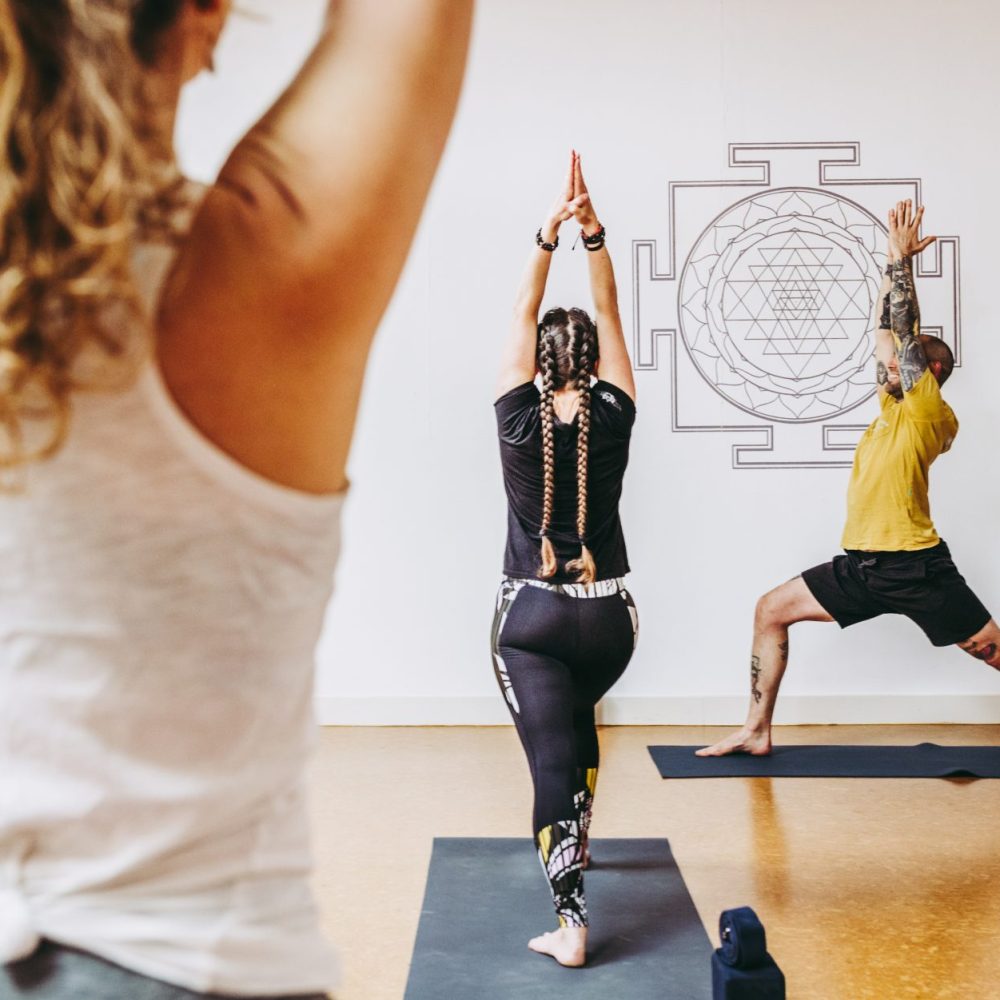
Addressing Common Challenges
Opening a yoga studio comes with its challenges. Understanding common obstacles and how to address them ensures a smoother journey. Therefore, exploring common challenges and solutions is essential.
Managing Financial Stability
Maintaining financial stability is a common challenge for new yoga studios. To address this, closely monitor your expenses and revenue, adjusting your budget as needed. Diversify your income streams by offering a variety of classes, workshops, and private sessions. Implement membership programs and packages that encourage long-term commitment from clients. Regularly review your financial projections and seek professional advice if necessary. By understanding the importance of financial management, you can ensure the sustainability of your studio. Therefore, recognizing the need for proactive financial planning is crucial.
Building a Loyal Client Base
Building a loyal client base is essential for the long-term success of your yoga studio. Focus on delivering exceptional customer service and creating a welcoming environment. Offer classes that cater to different skill levels and preferences, ensuring a diverse schedule. Encourage client feedback and make improvements based on their suggestions. Implement loyalty programs and referral incentives to reward and retain regular clients. By understanding the importance of client satisfaction, you can foster a dedicated community. Therefore, recognizing the significance of building relationships is crucial.
Addressing Common Questions About Opening a Yoga Studio
Understanding common questions about opening a yoga studio provides clarity and guidance. Knowledge of these answers ensures better preparation and confidence. Therefore, exploring common questions is essential.
How Much Capital is Required to Start a Yoga Studio?
A common question is how much capital is needed to start a yoga studio. The required capital varies based on factors such as location, size, and amenities. On average, initial costs can range from $15,000 to $50,000, covering rent, equipment, marketing, and operational expenses. Conducting thorough financial planning and creating a detailed budget will help determine the exact amount needed for your specific studio. By understanding the capital requirements, you can plan accordingly and secure necessary funding. Therefore, recognizing the importance of financial preparation is crucial.
What Certifications Do Instructors Need?
Another common question is what certifications yoga instructors need. Instructors should have a recognized certification from a reputable organization, such as Yoga Alliance, which requires completing a 200-hour teacher training program. Additional certifications in specialized areas, such as prenatal yoga or yoga therapy, can enhance their qualifications. Ensure your instructors meet these certification requirements to maintain high standards and credibility. By understanding the necessary certifications, you can build a qualified and trusted team. Therefore, recognizing the value of certified instructors is crucial.
Addressing Common Misconceptions About Opening a Yoga Studio
Addressing common misconceptions about opening a yoga studio provides accurate information and dispels concerns. Clarifying misunderstandings ensures an informed perspective. Therefore, this section explores common misconceptions.
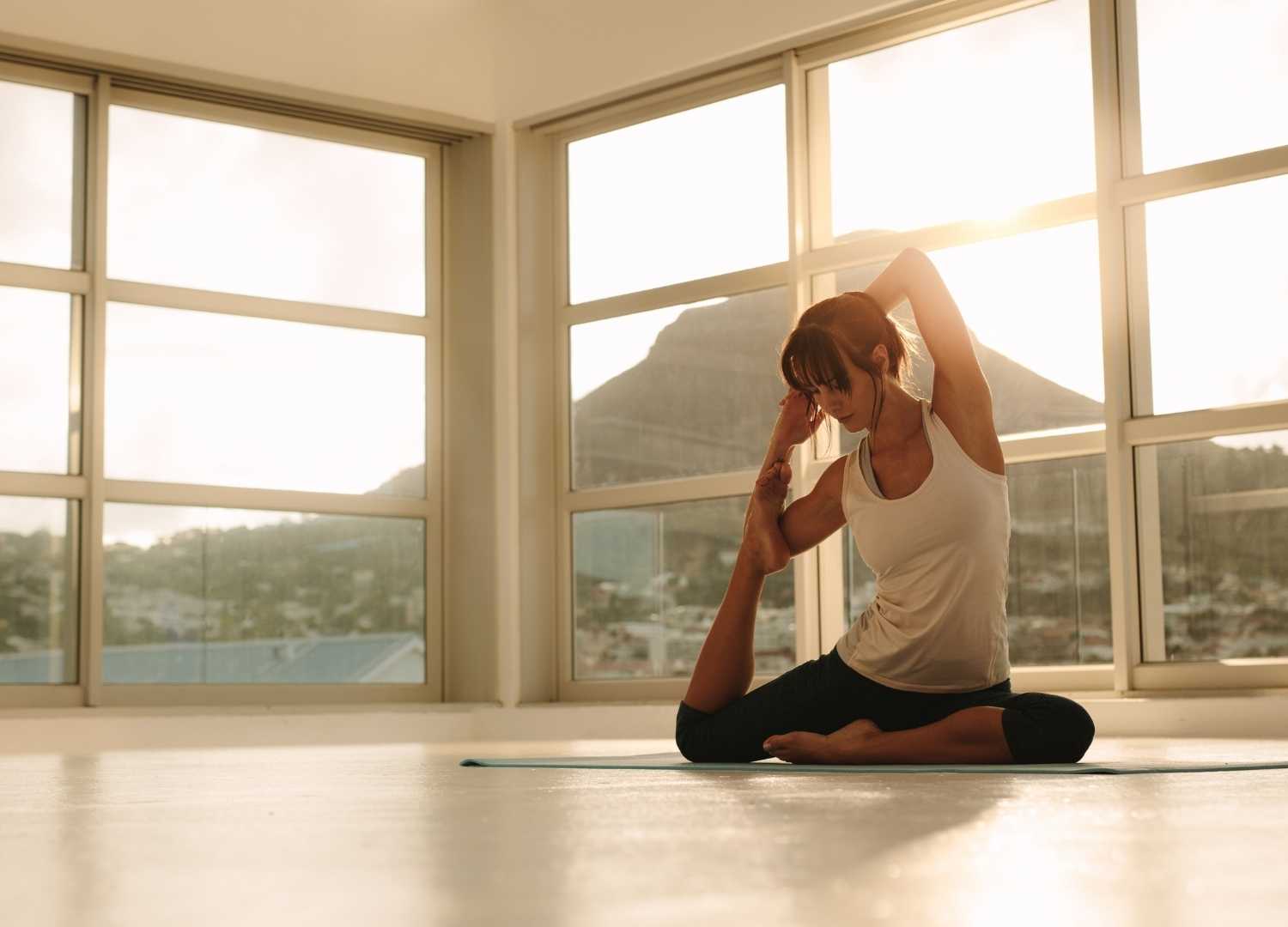
Misconception: Opening a Yoga Studio is Easy
A common misconception is that opening a yoga studio is easy. In reality, it requires significant planning, investment, and effort. Managing finances, marketing, staffing, and client services involves complex and ongoing responsibilities. By understanding the challenges, you can be better prepared and realistic about the process. Therefore, dispelling this misconception highlights the importance of diligent planning.
Misconception: Any Space Can Be a Yoga Studio
Another misconception is that any space can be used as a yoga studio. The space should be conducive to practice, offering adequate room, proper layout, and a calming atmosphere. Factors such as natural lighting, ventilation, and sound play a crucial role in creating a comfortable environment. By understanding the significance of a suitable space, you can create an optimal studio. Therefore, dispelling this misconception emphasizes the value of thoughtful space selection.
Conclusion: Successfully Opening a Yoga Studio
Successfully opening a yoga studio involves understanding the critical steps, challenges, and effective strategies. Proper knowledge of these aspects ensures a rewarding and sustainable venture.
Exploring key elements such as market research, financial planning, location selection, studio design, and staff hiring provides valuable insights. Recognizing the importance of promotion, community engagement, and addressing common challenges enhances overall understanding and preparedness.
By engaging with these elements, aspiring studio owners can confidently navigate the process of opening a yoga studio, fostering a vibrant and welcoming space for wellness and growth. Therefore, whether you are a yoga enthusiast, entrepreneur, or community leader, understanding how to open a yoga studio offers practical and valuable insights. Embrace the opportunity to create a positive impact, knowing you have the knowledge and resources to establish a successful yoga studio!
